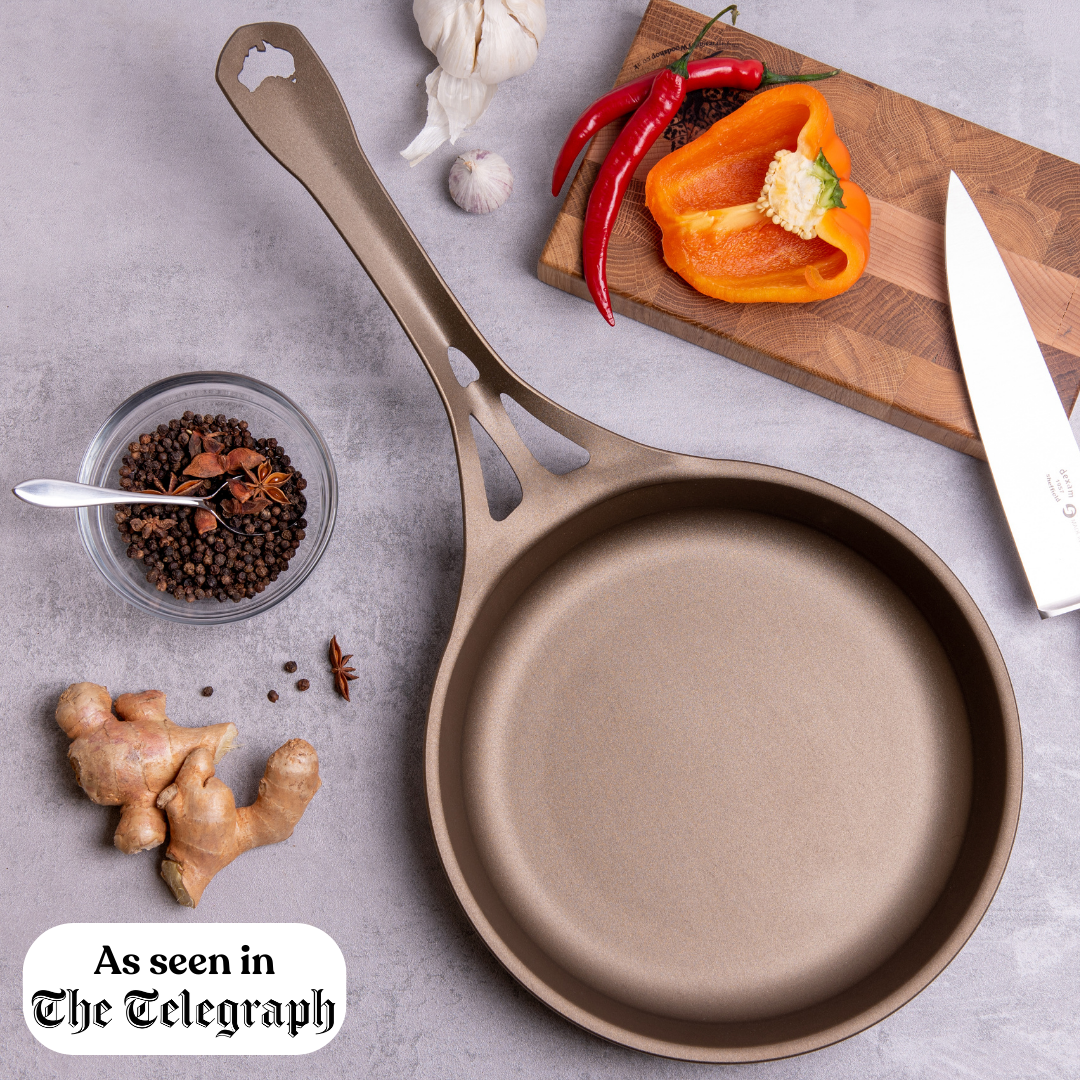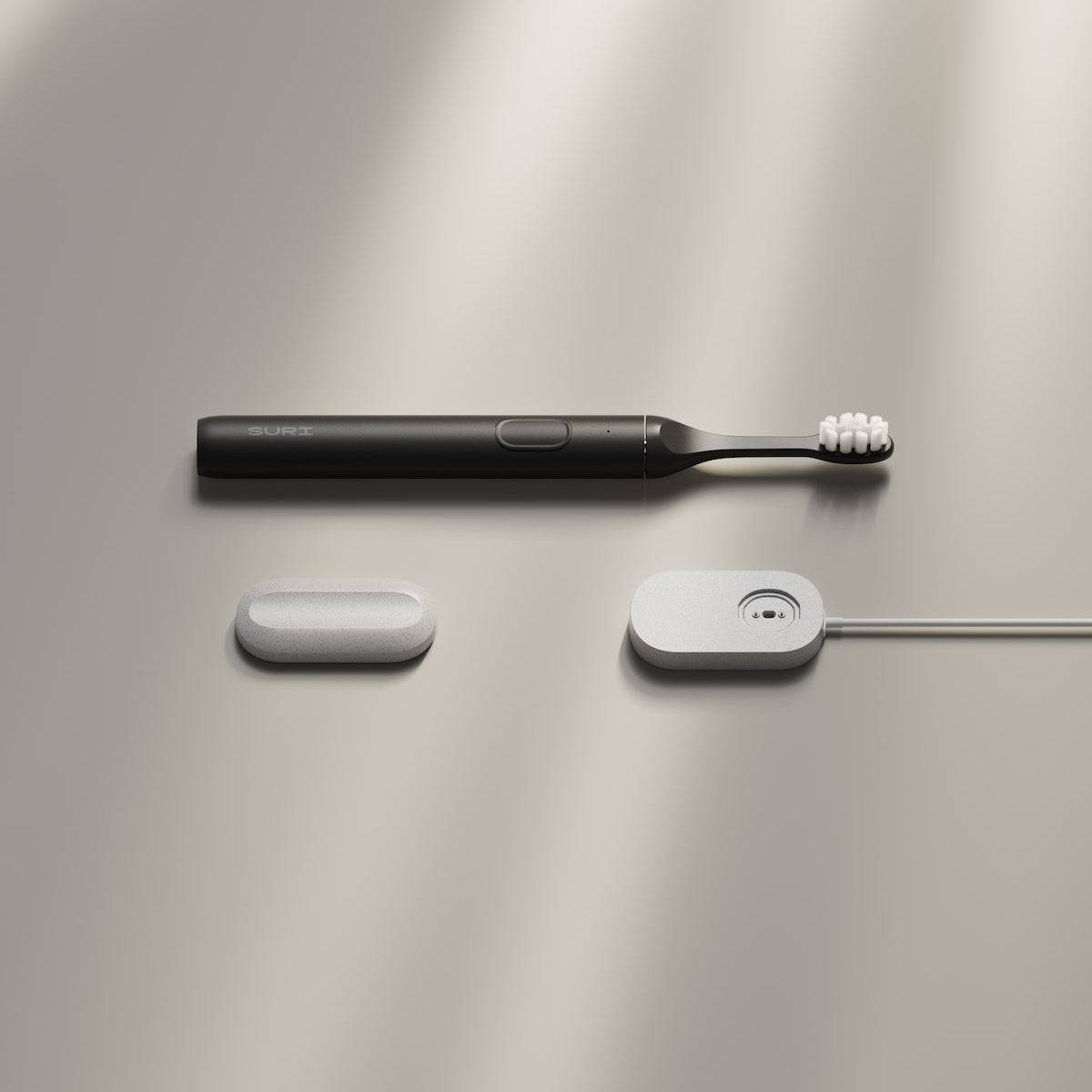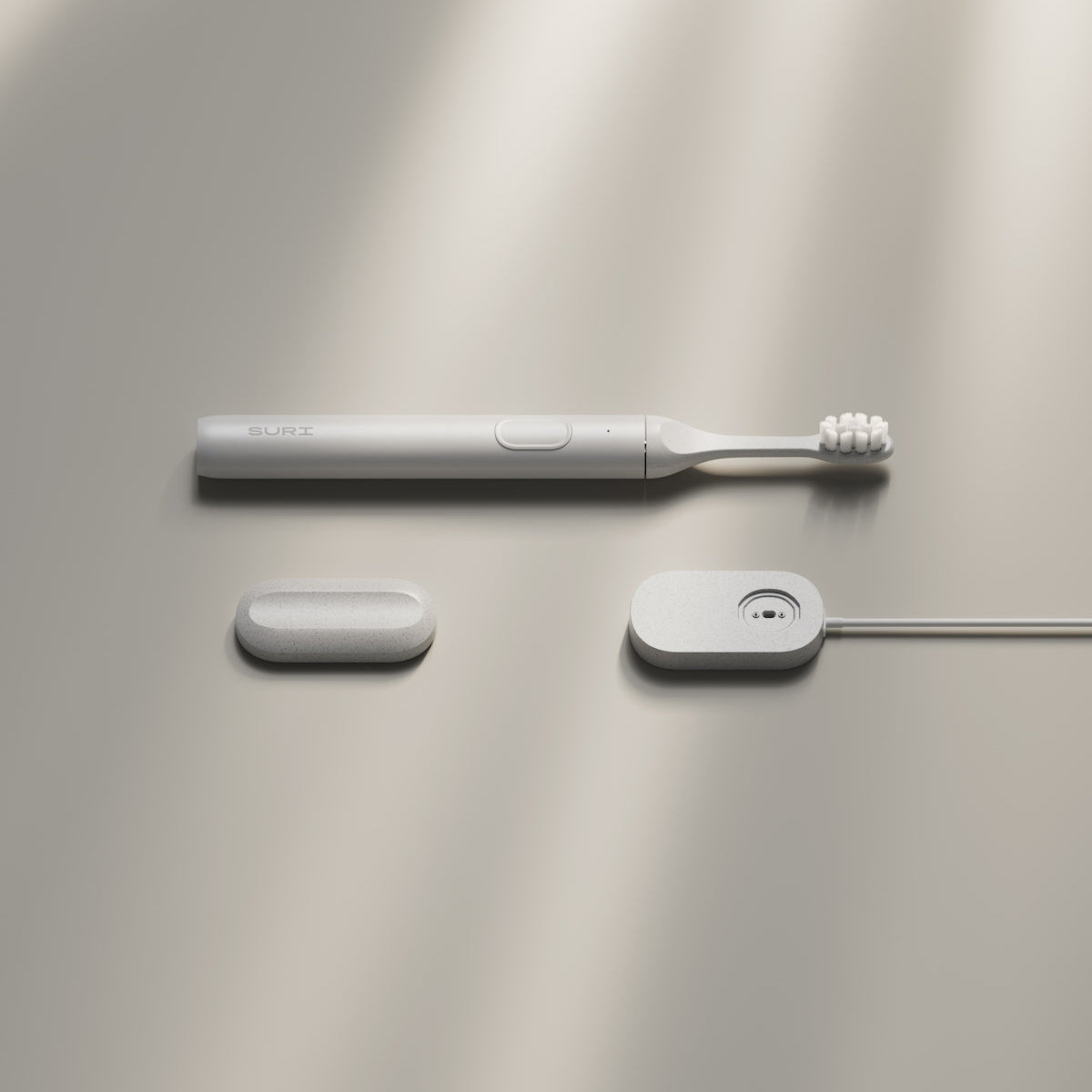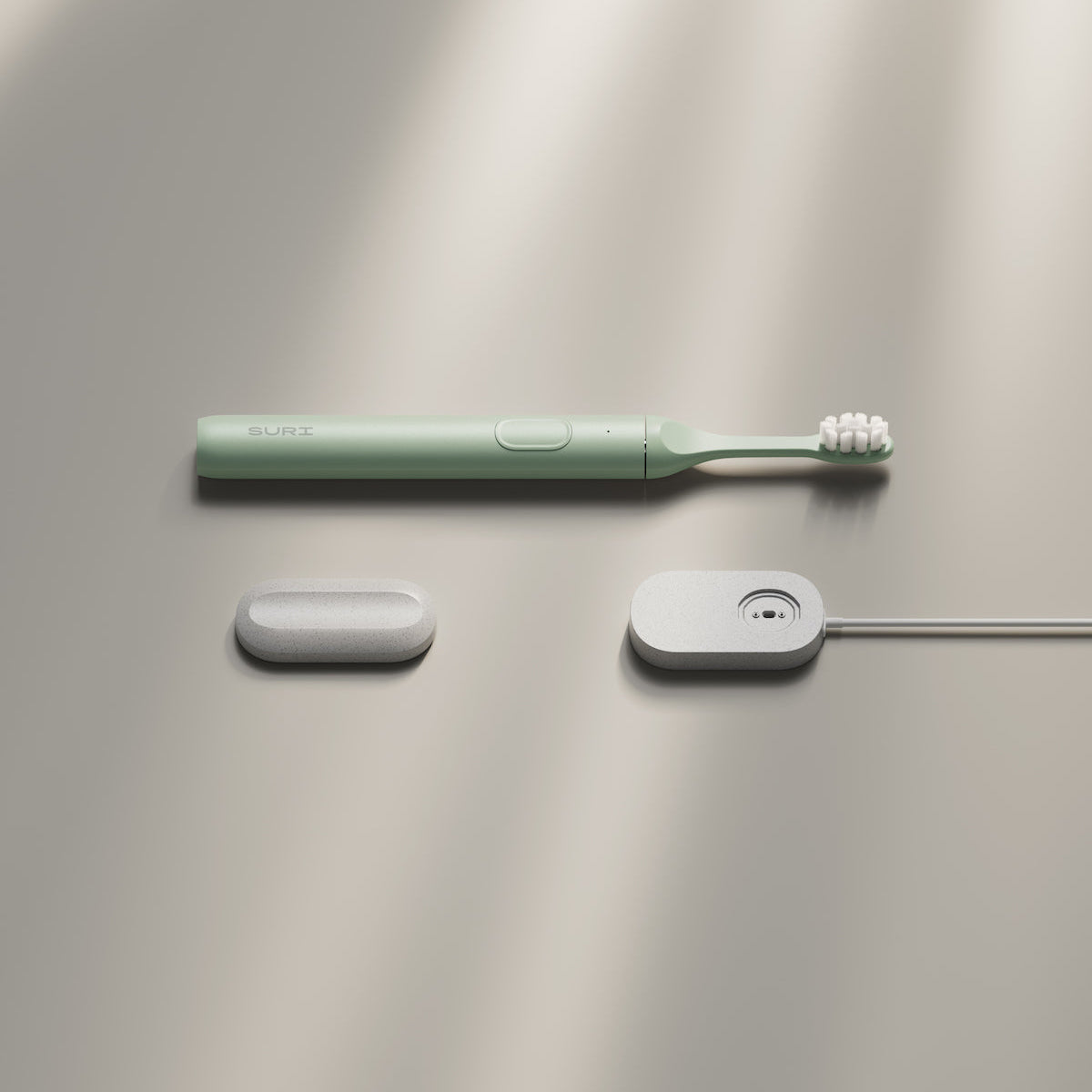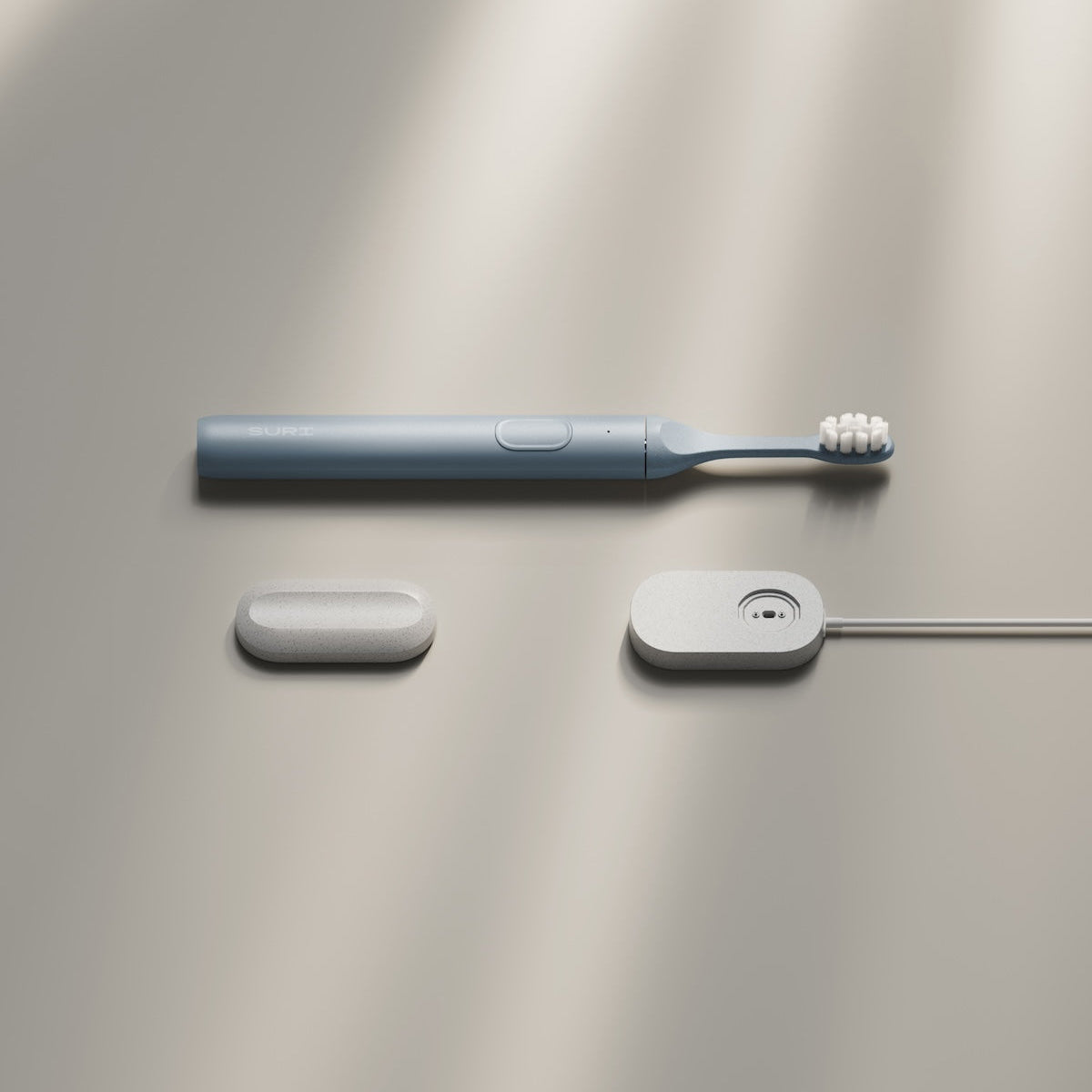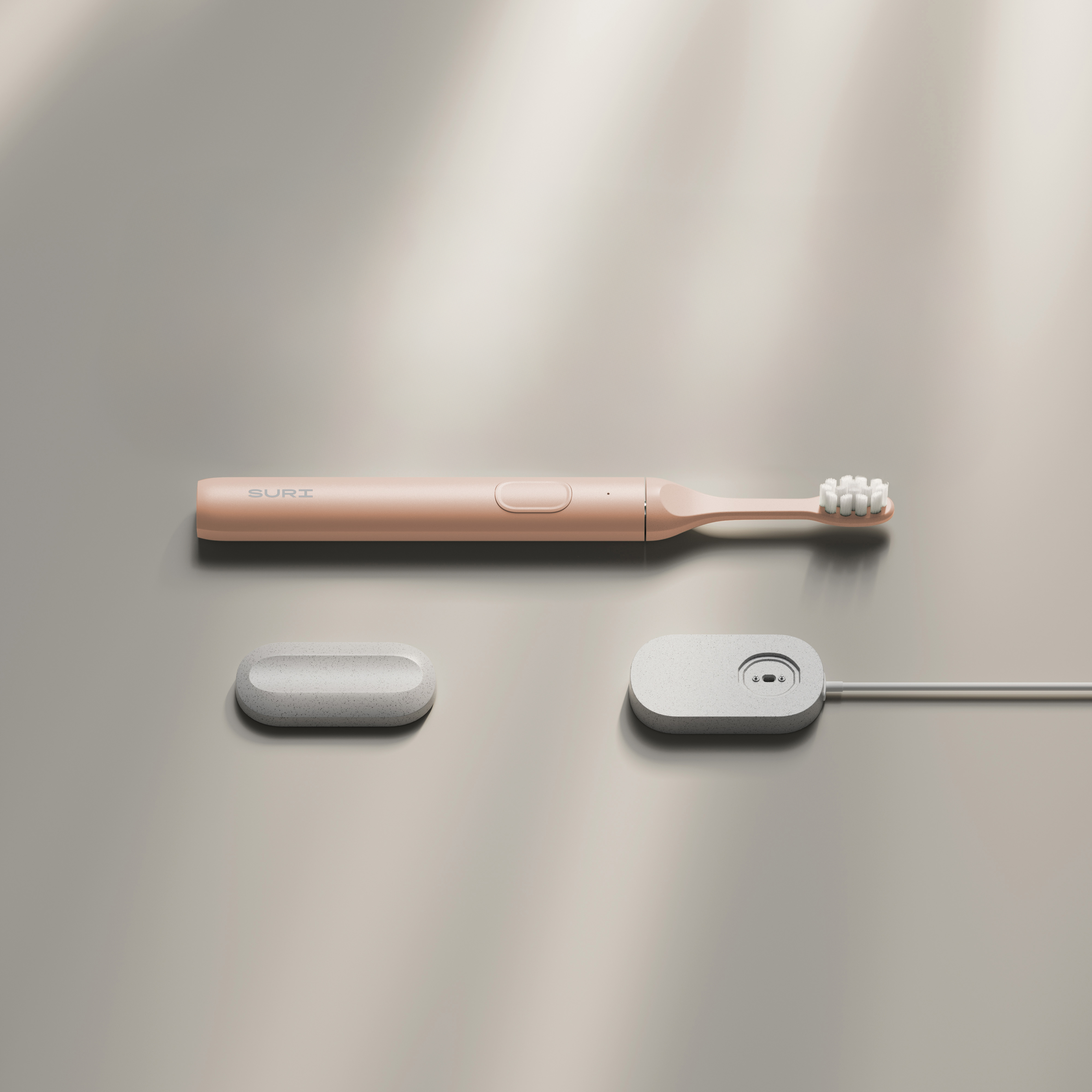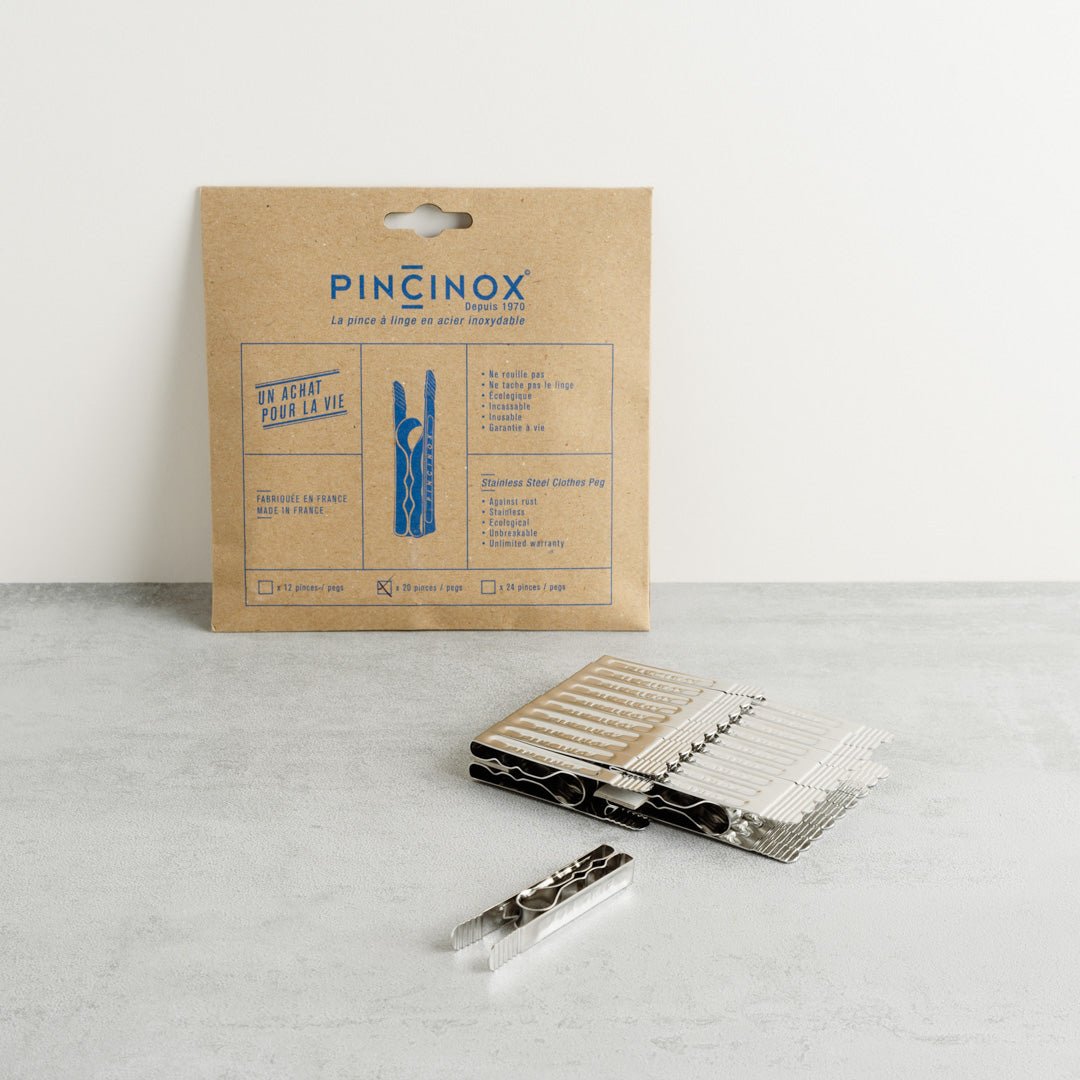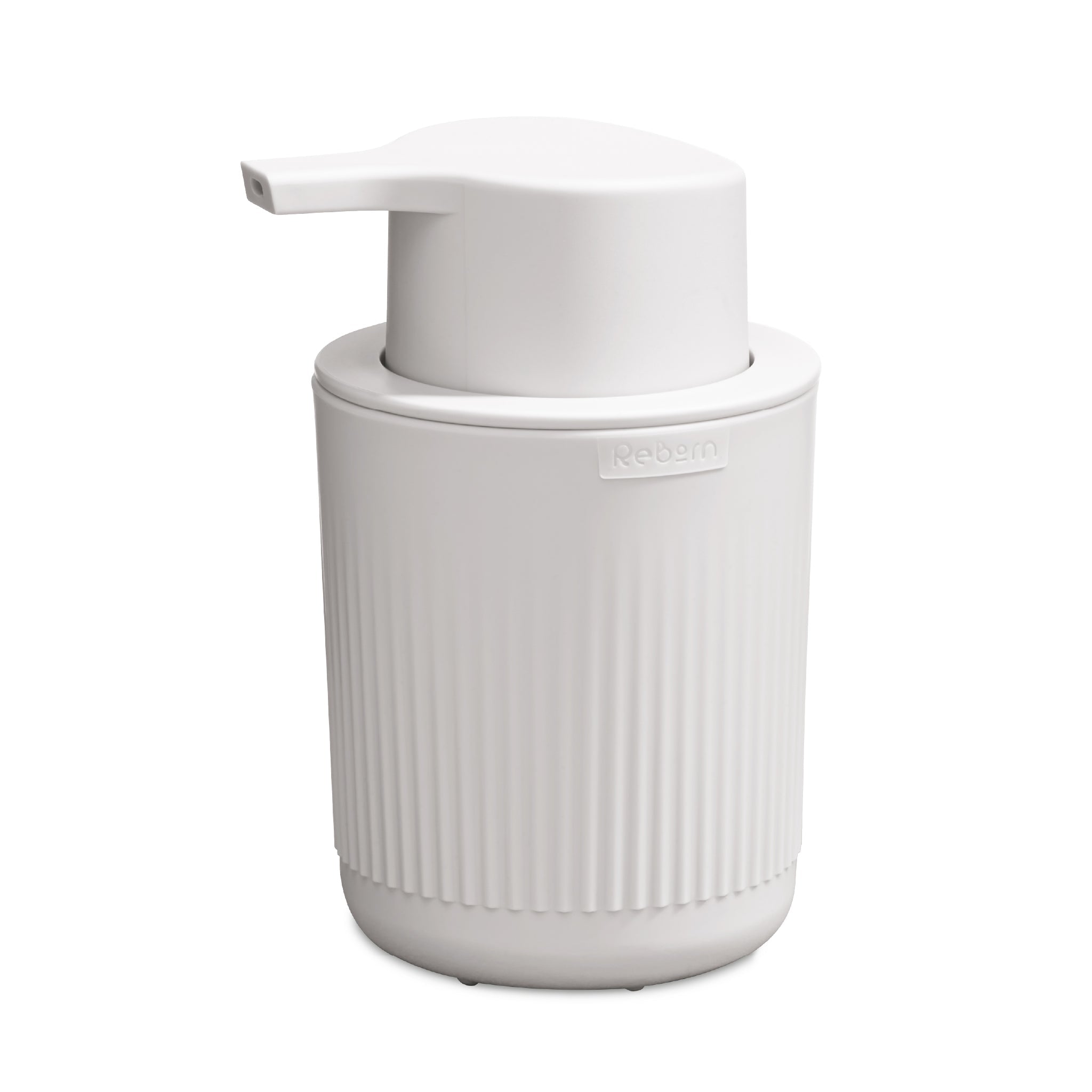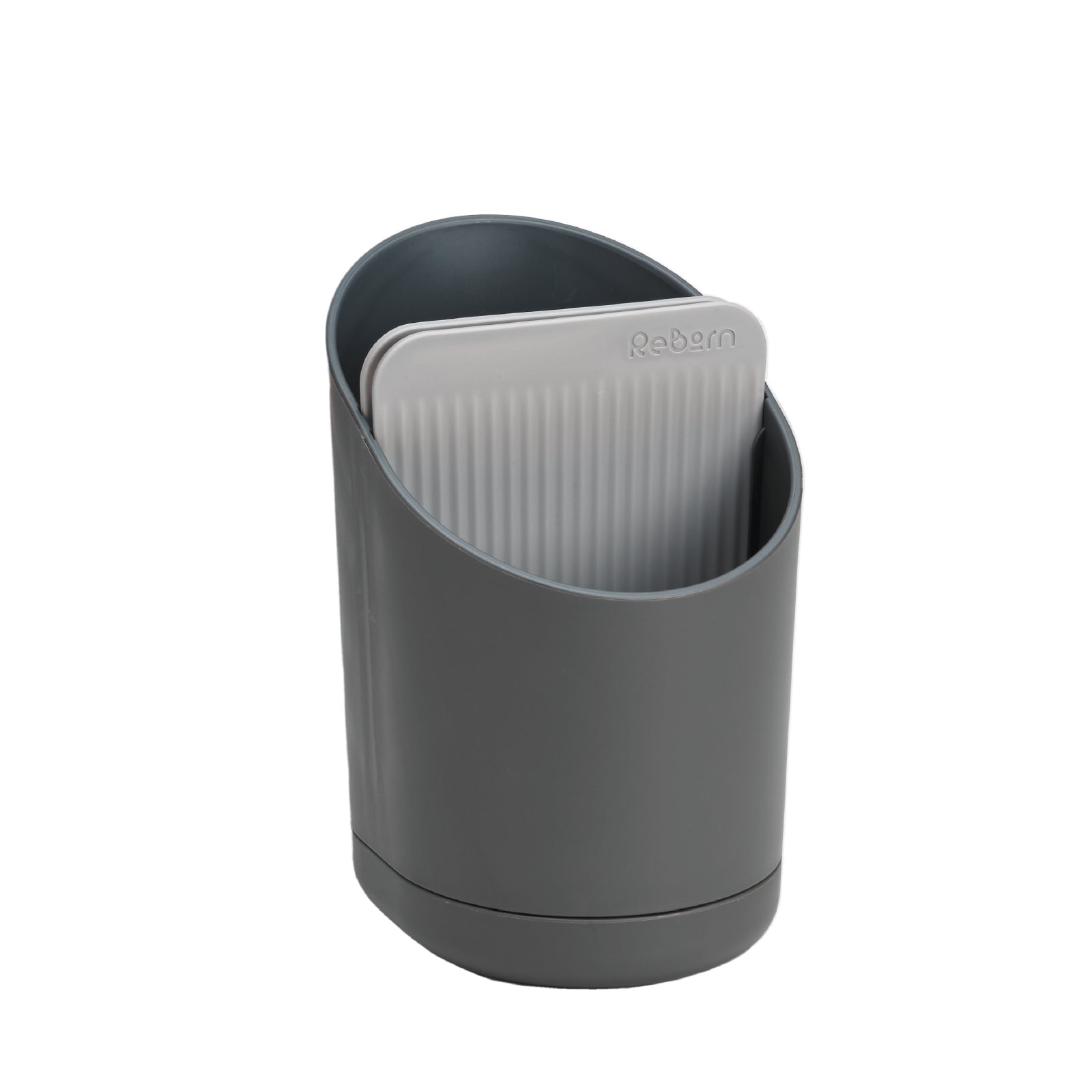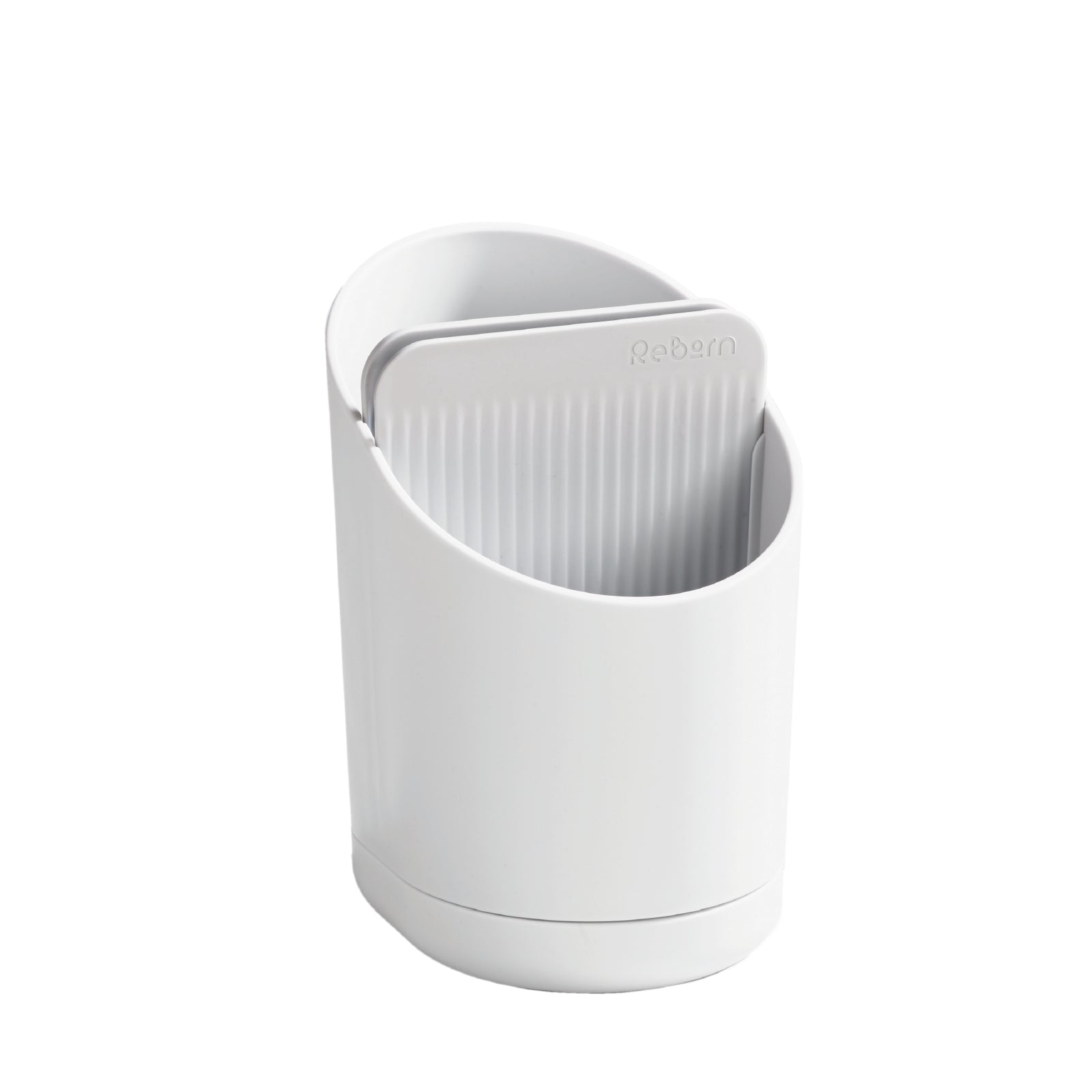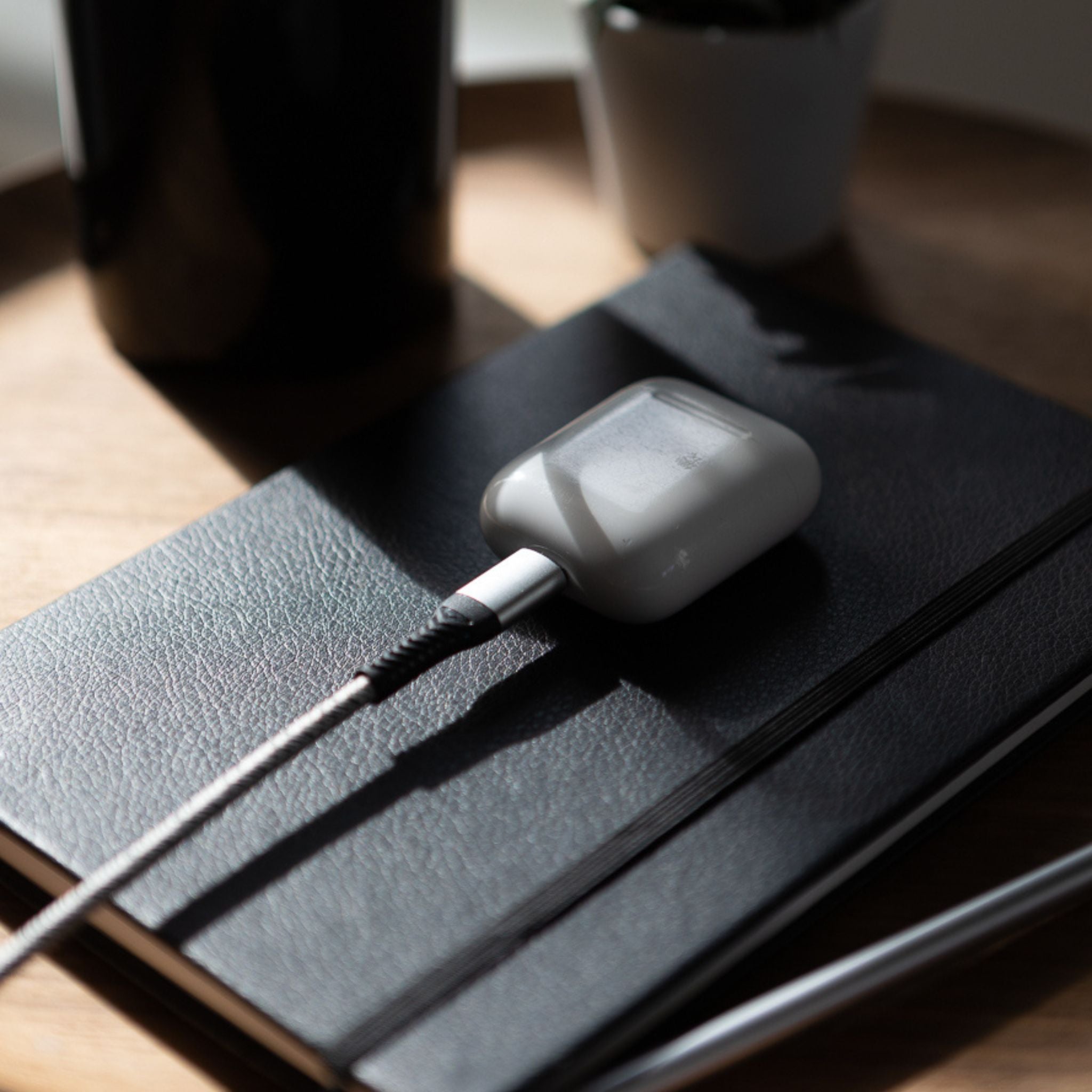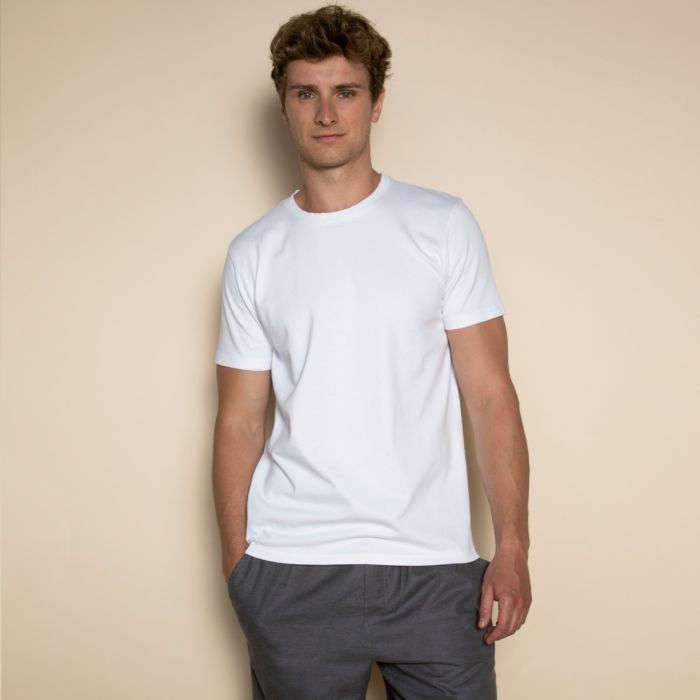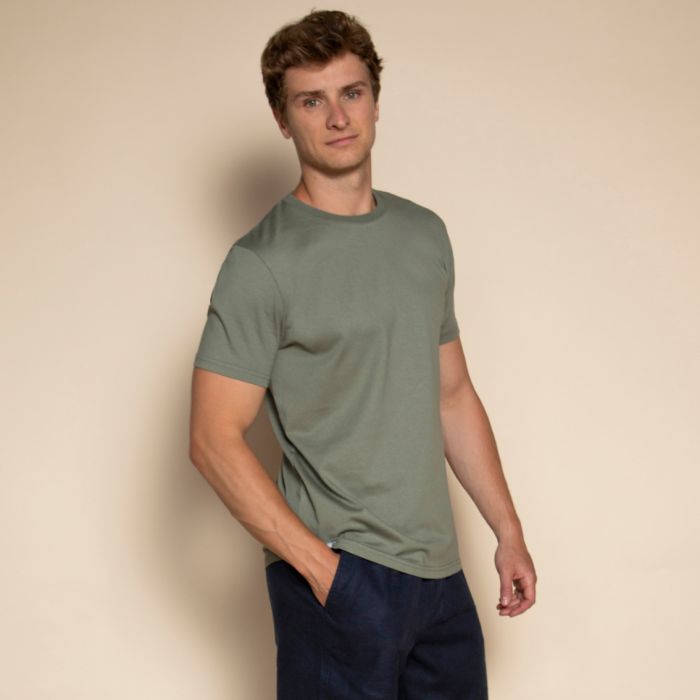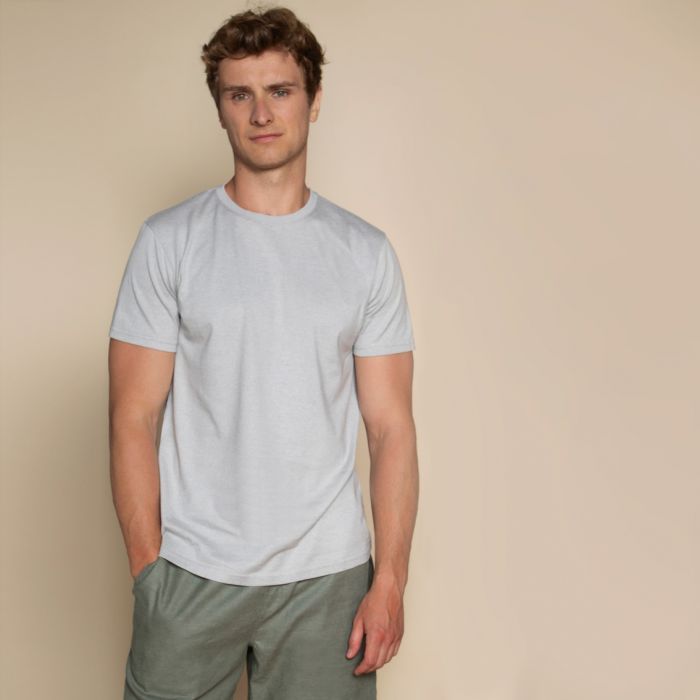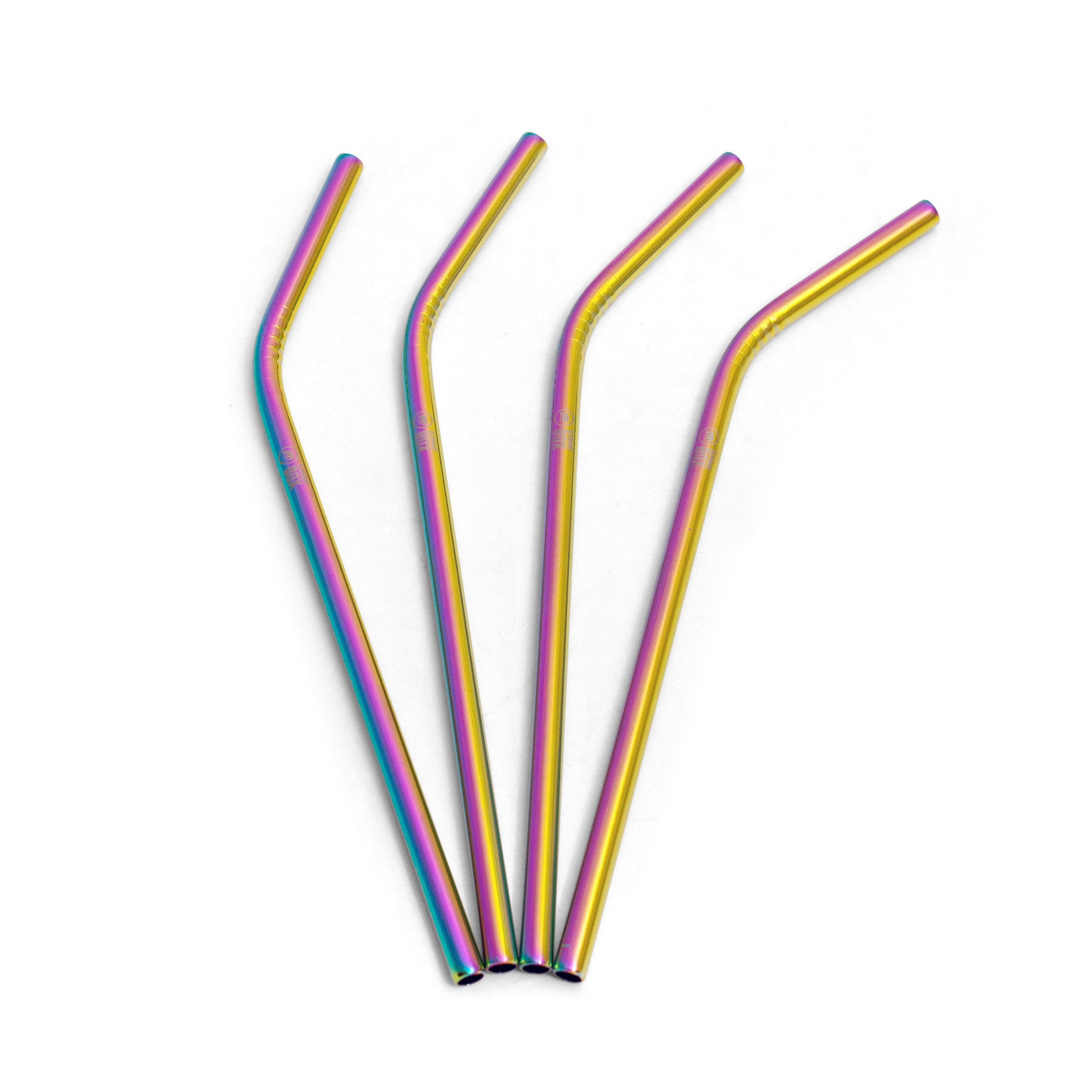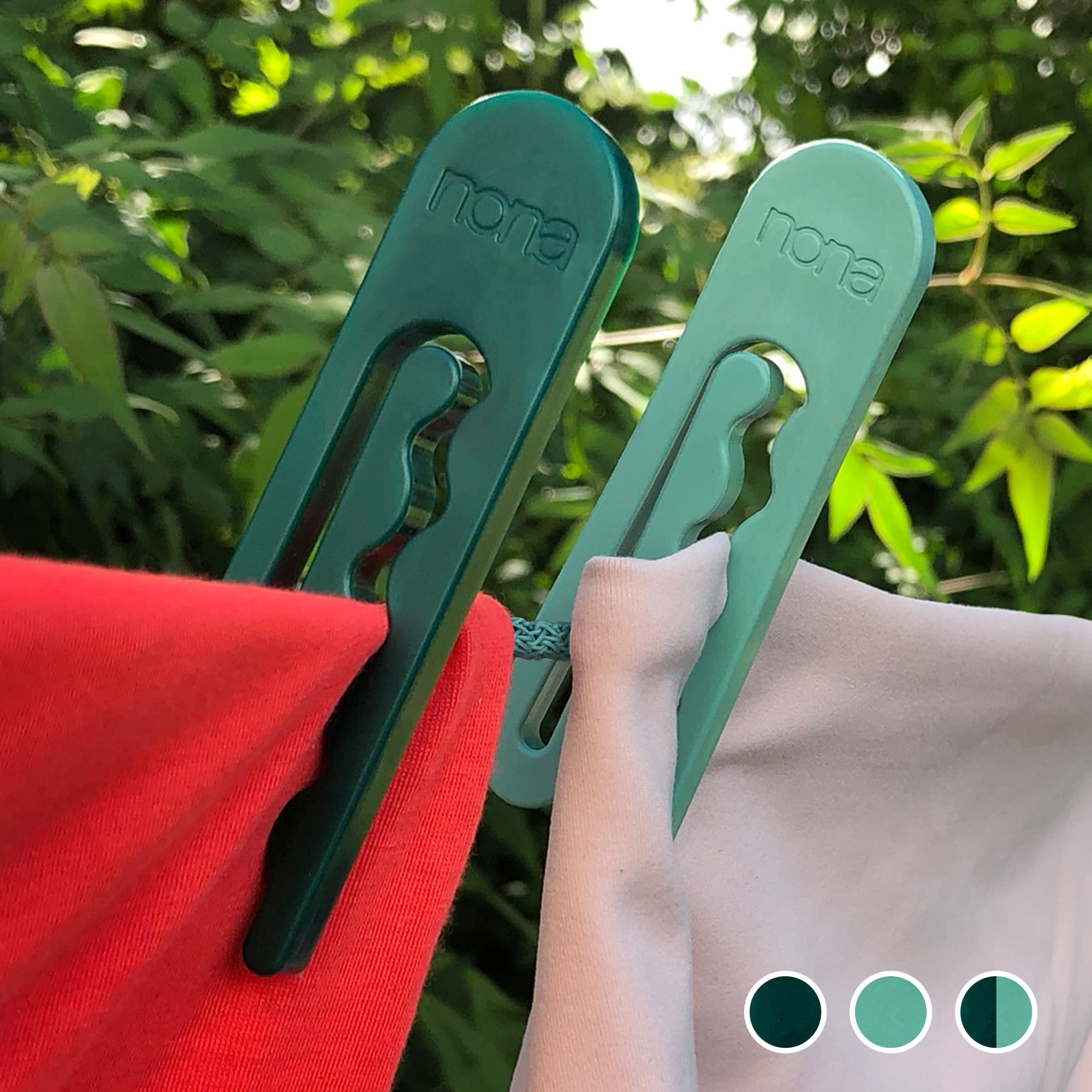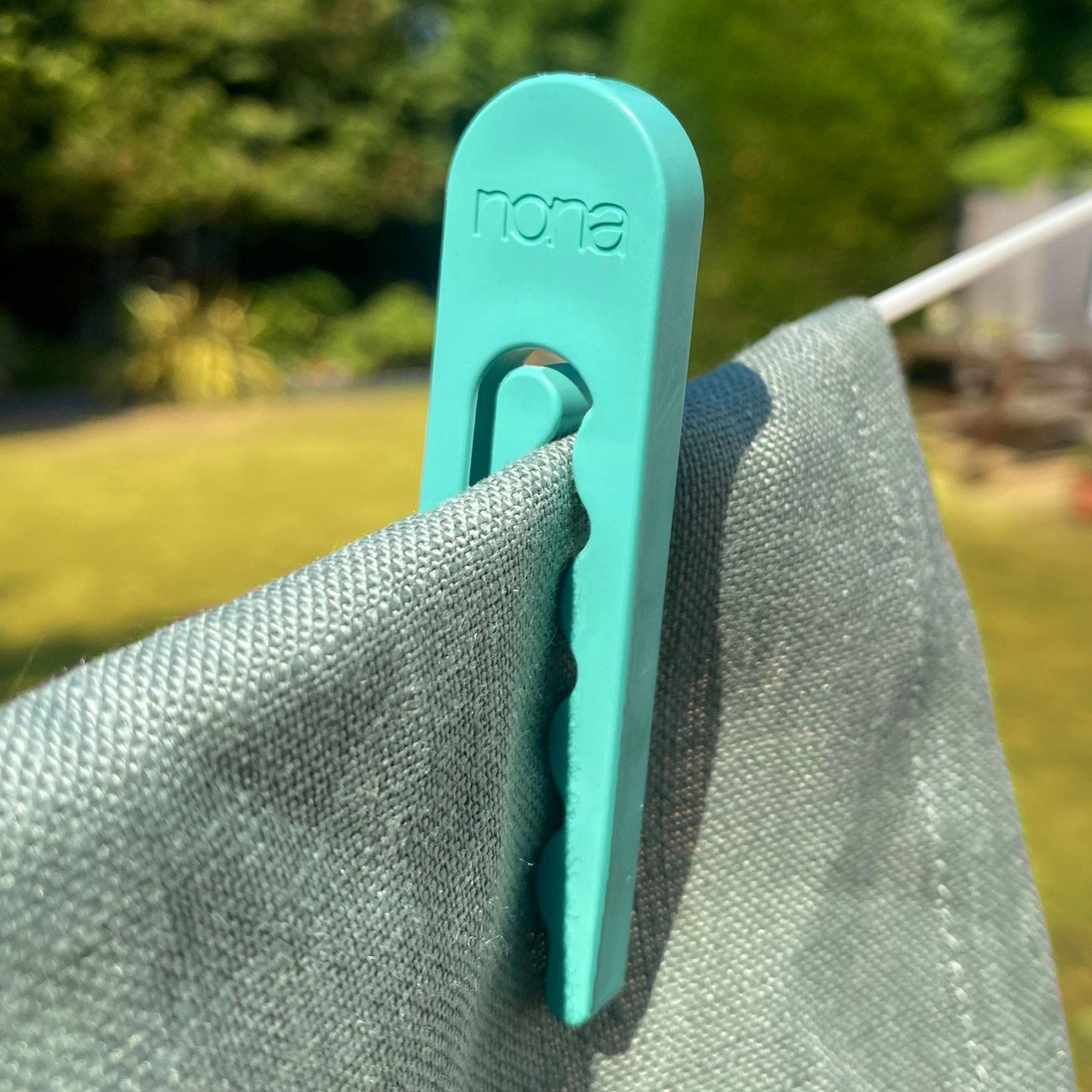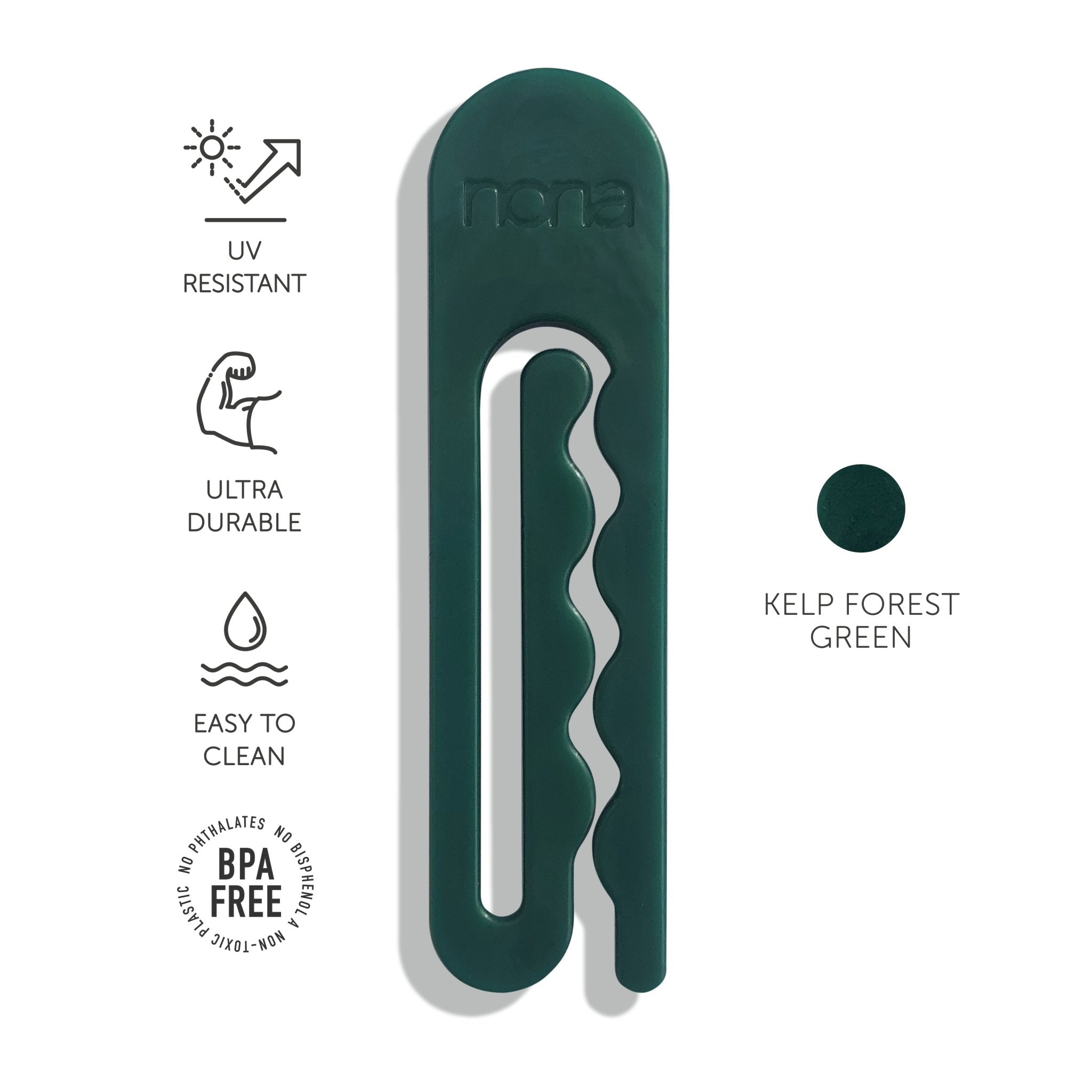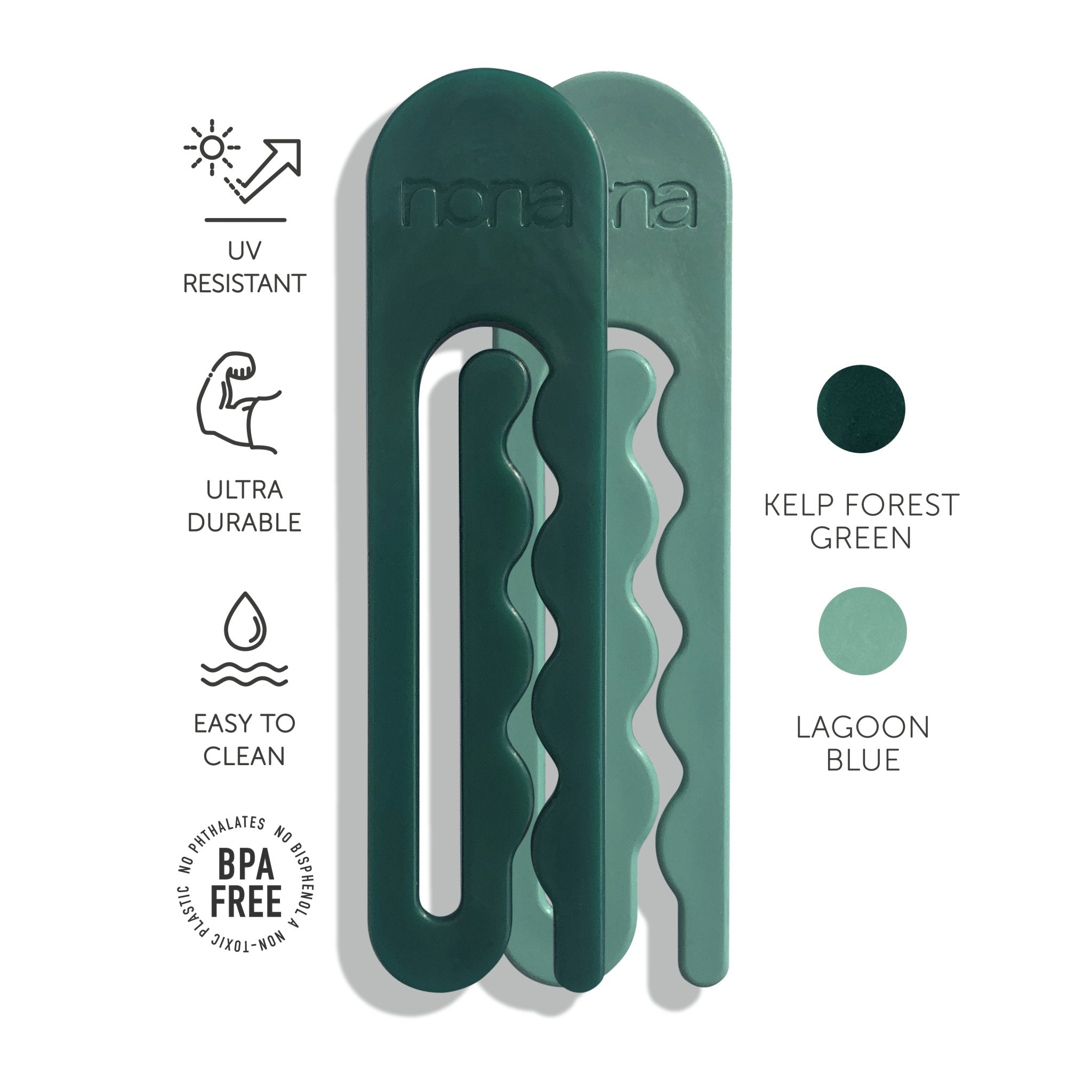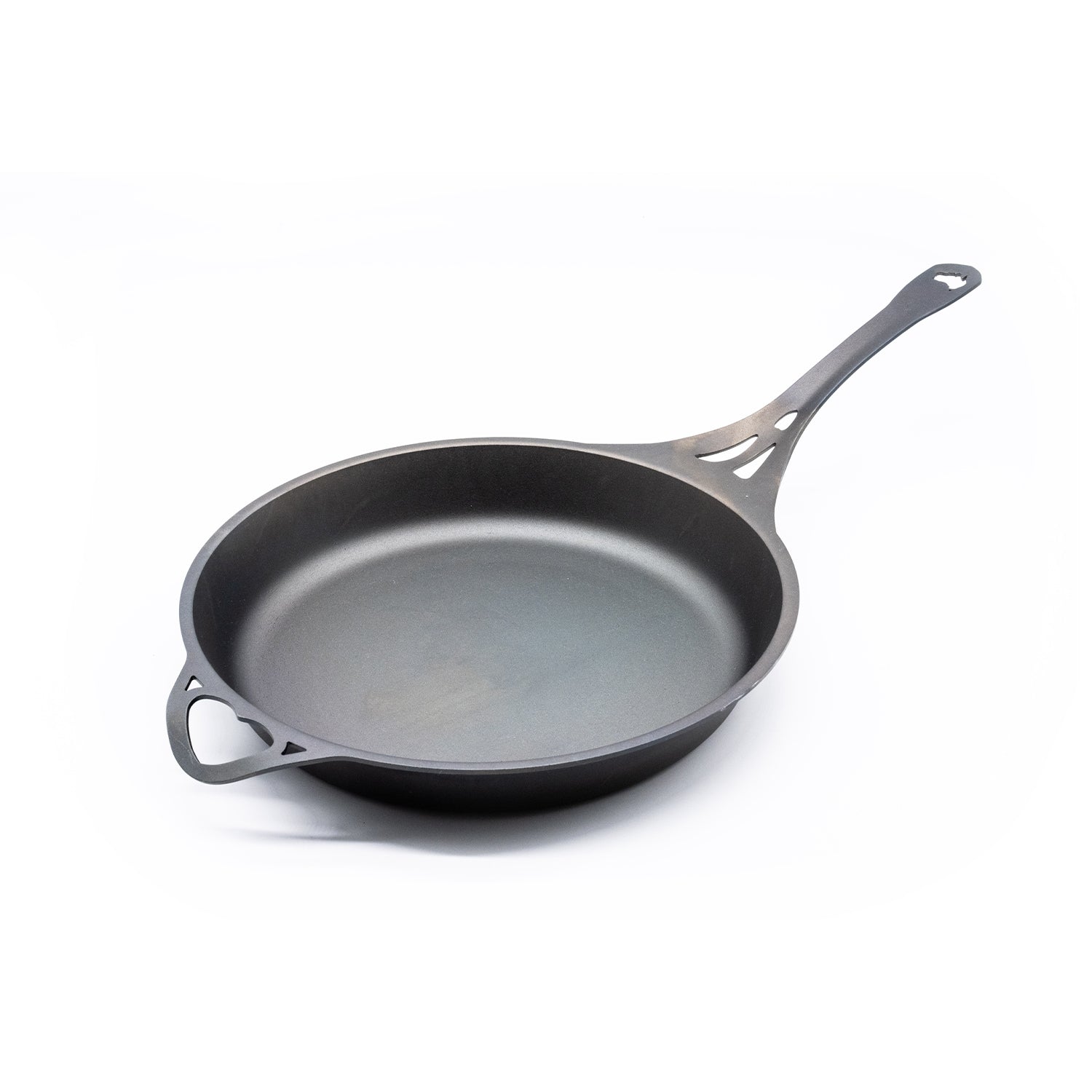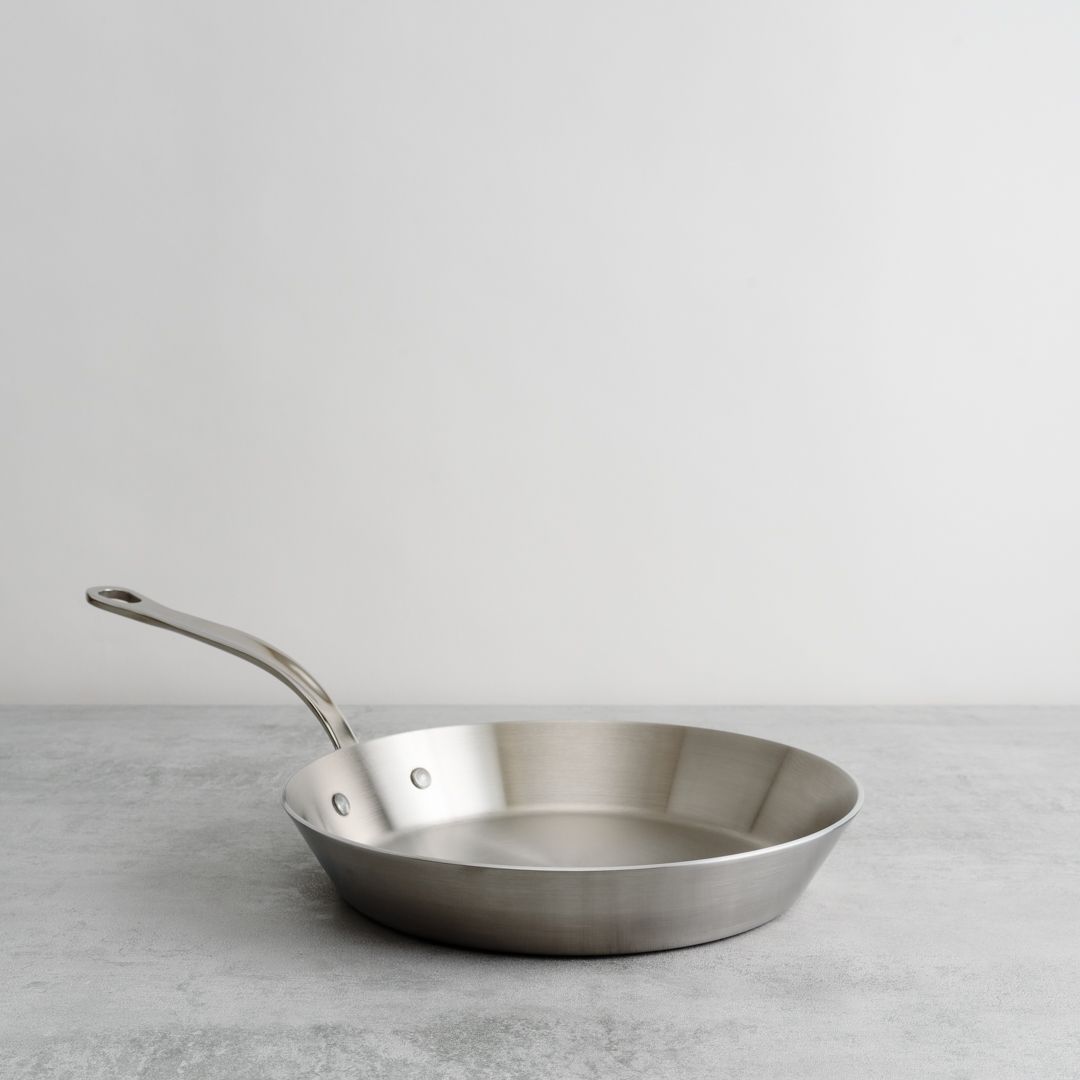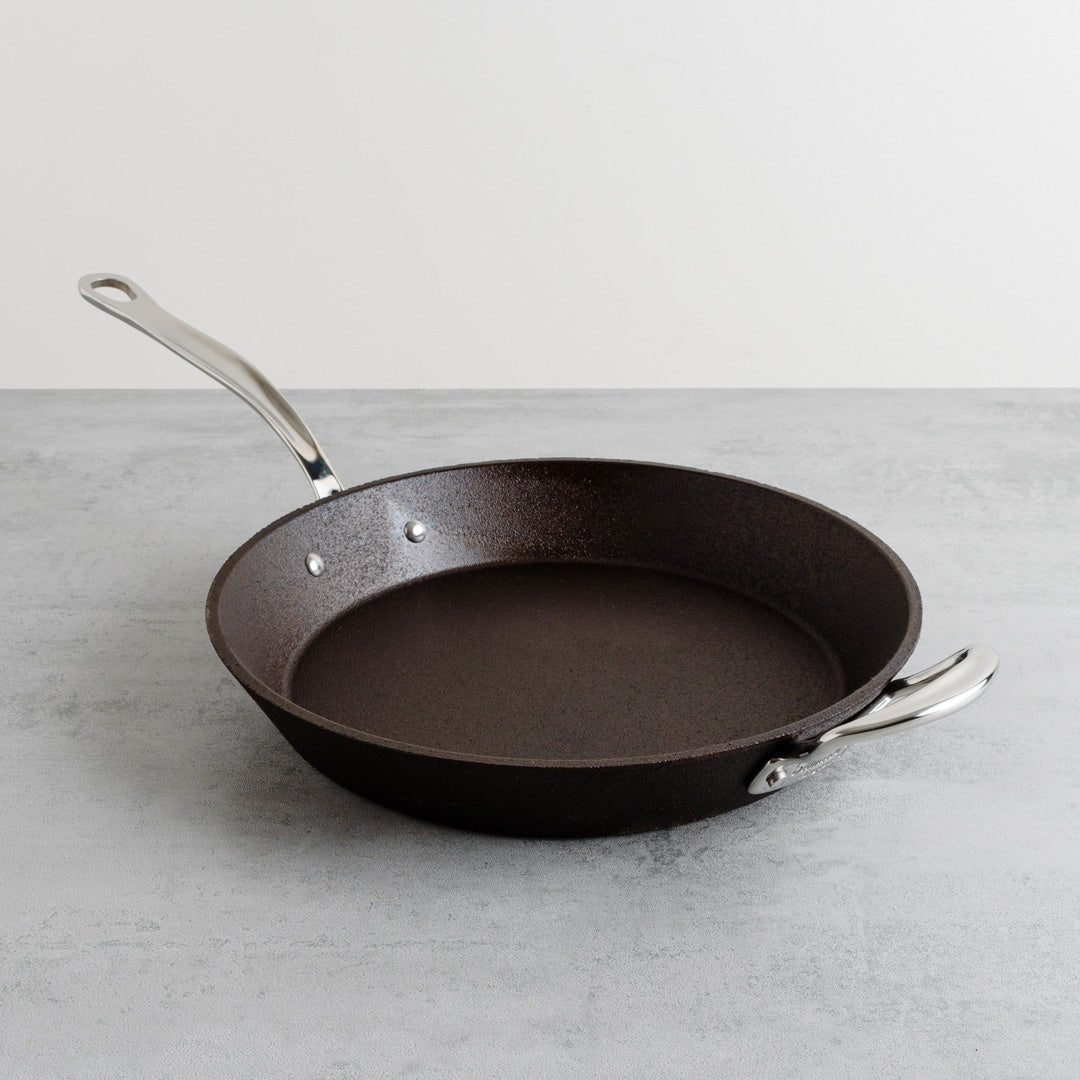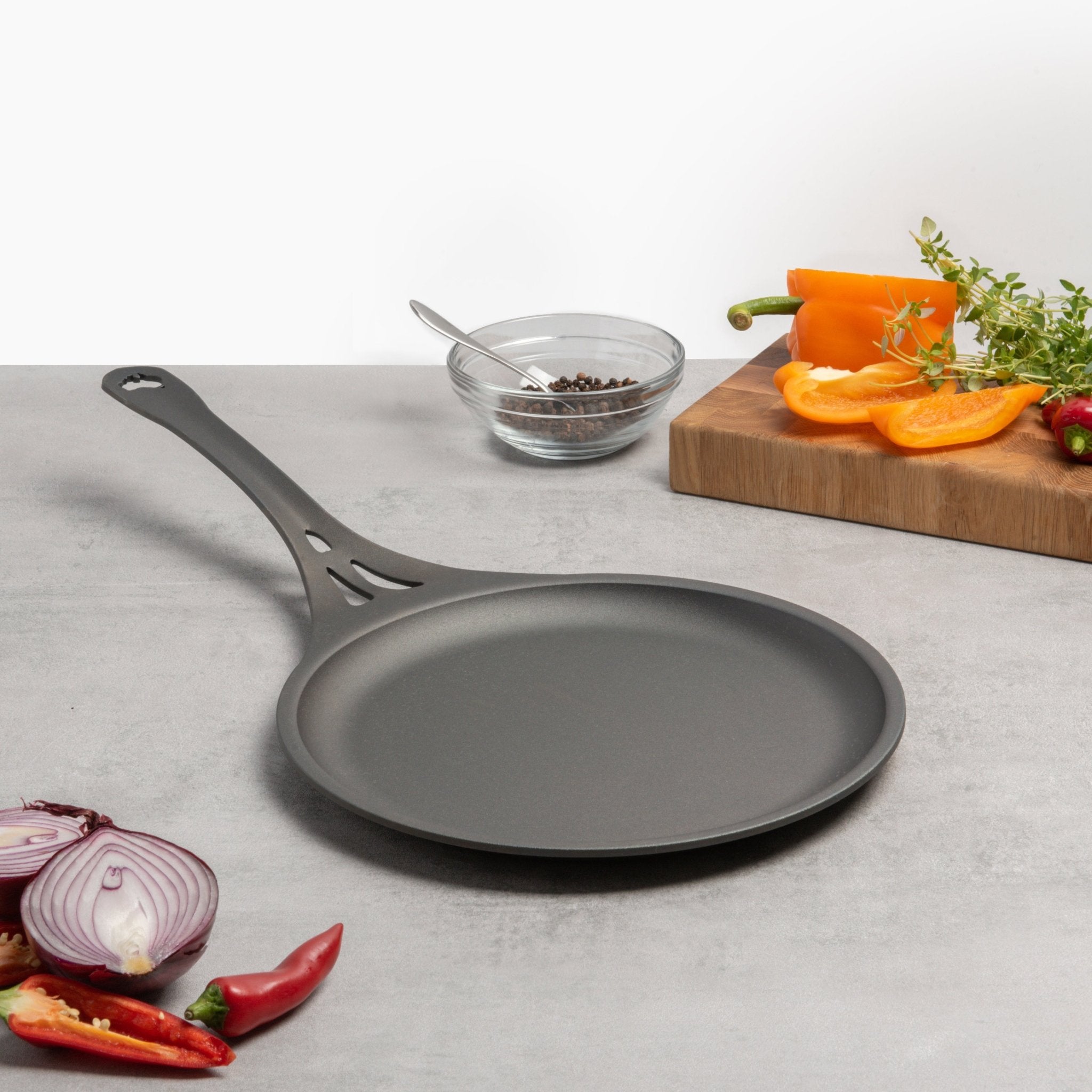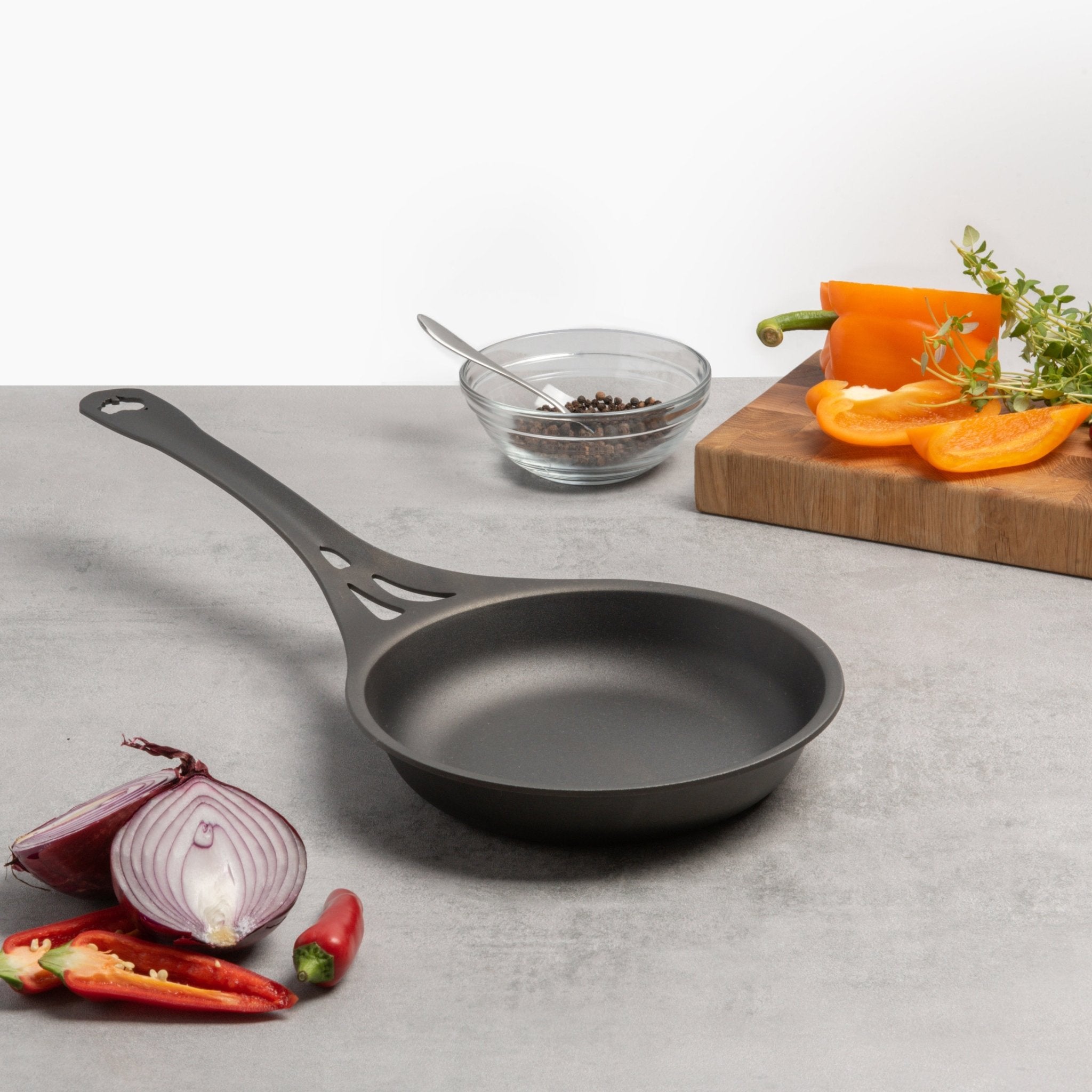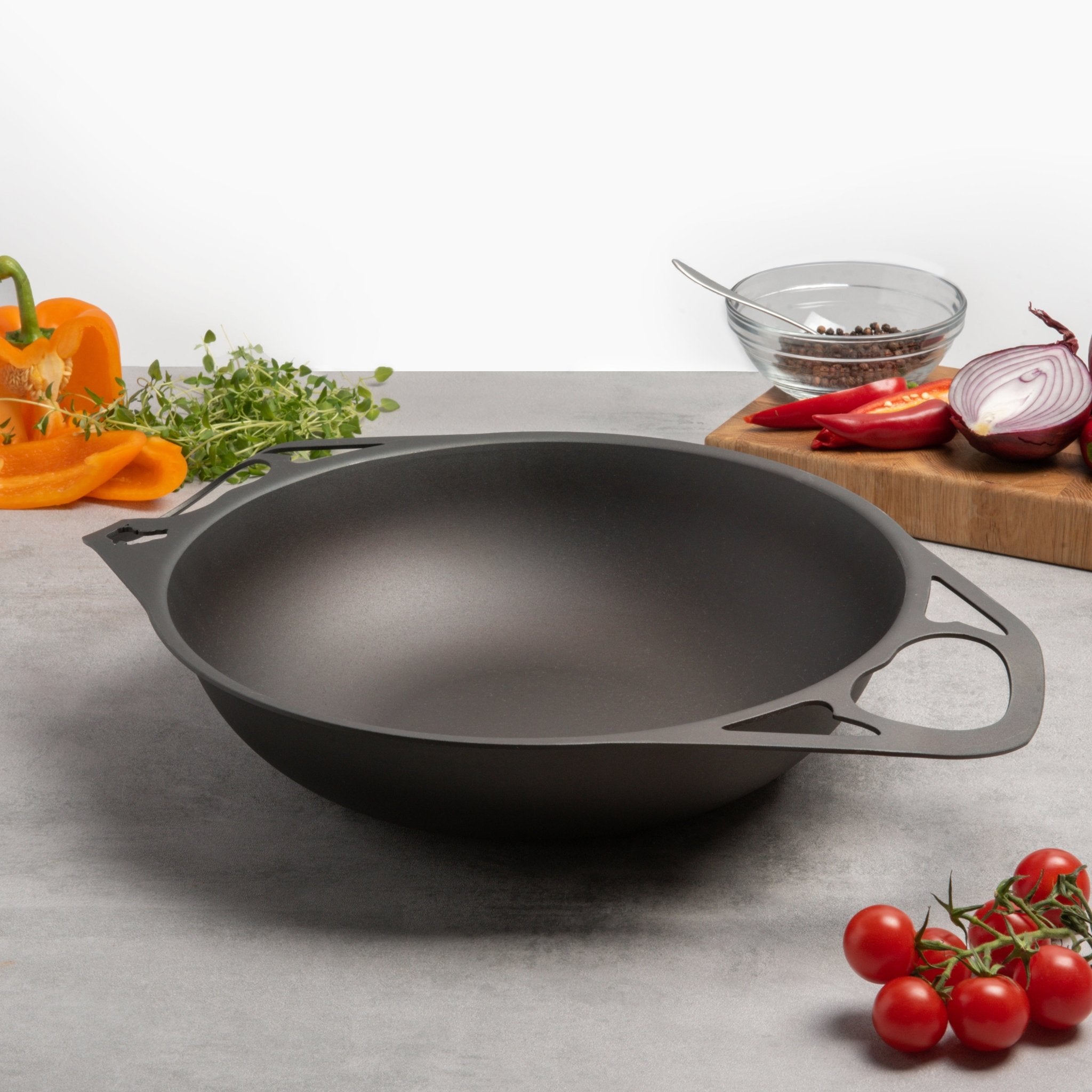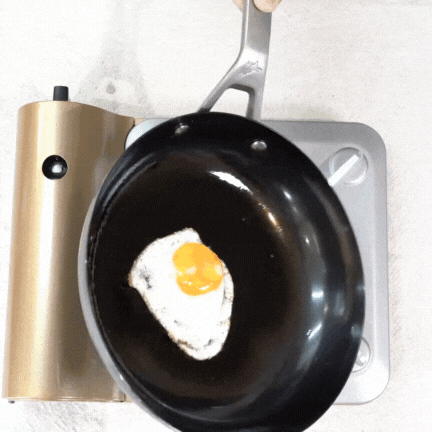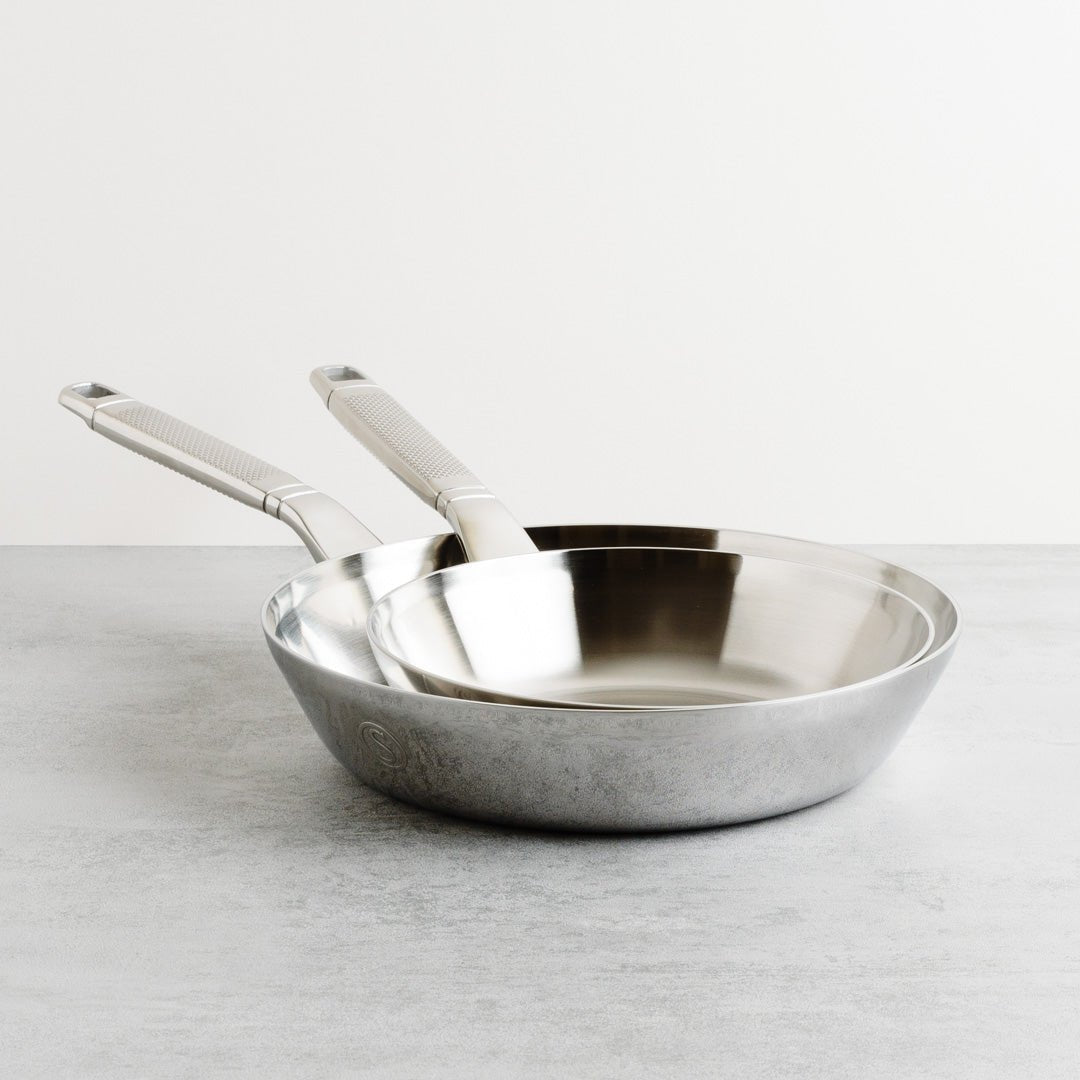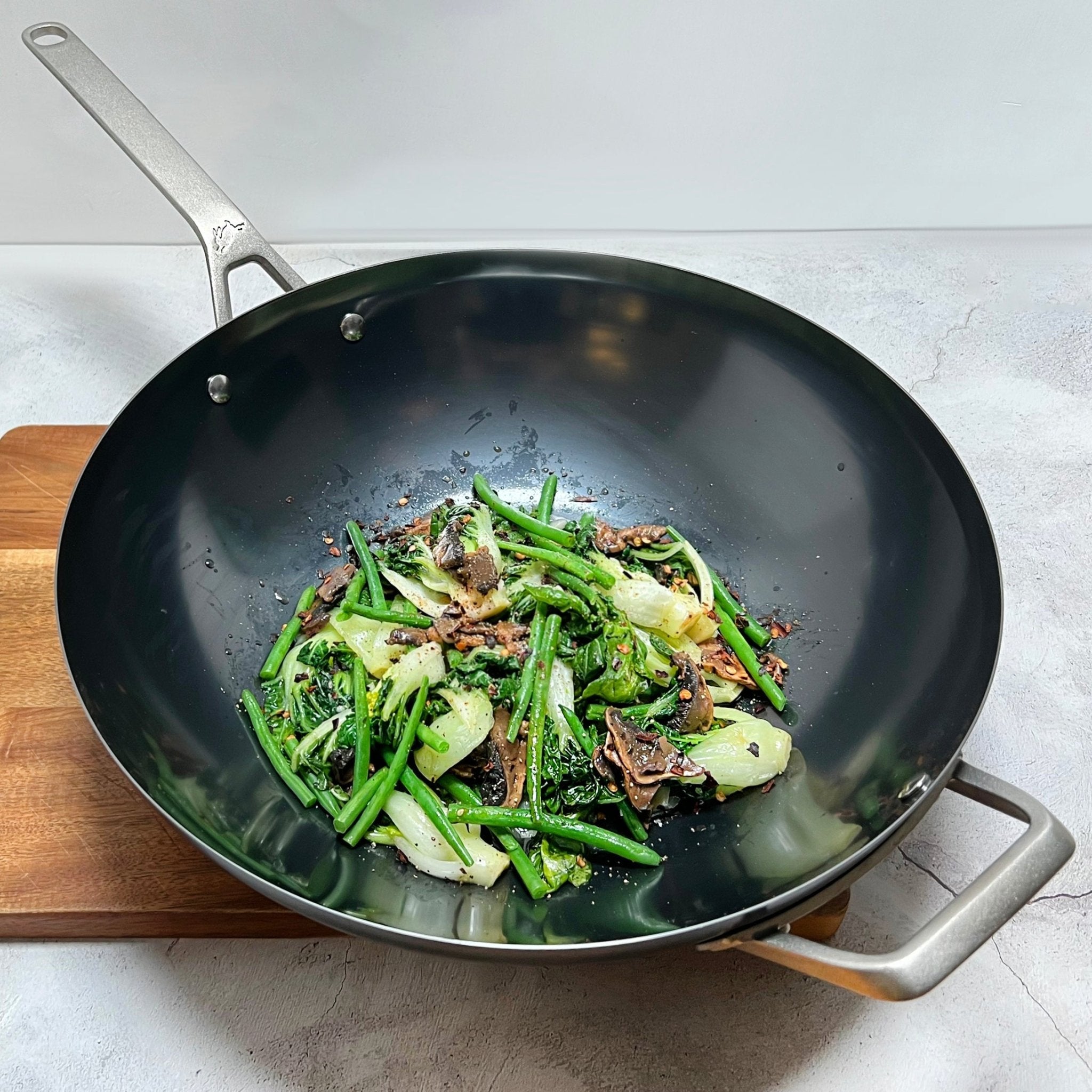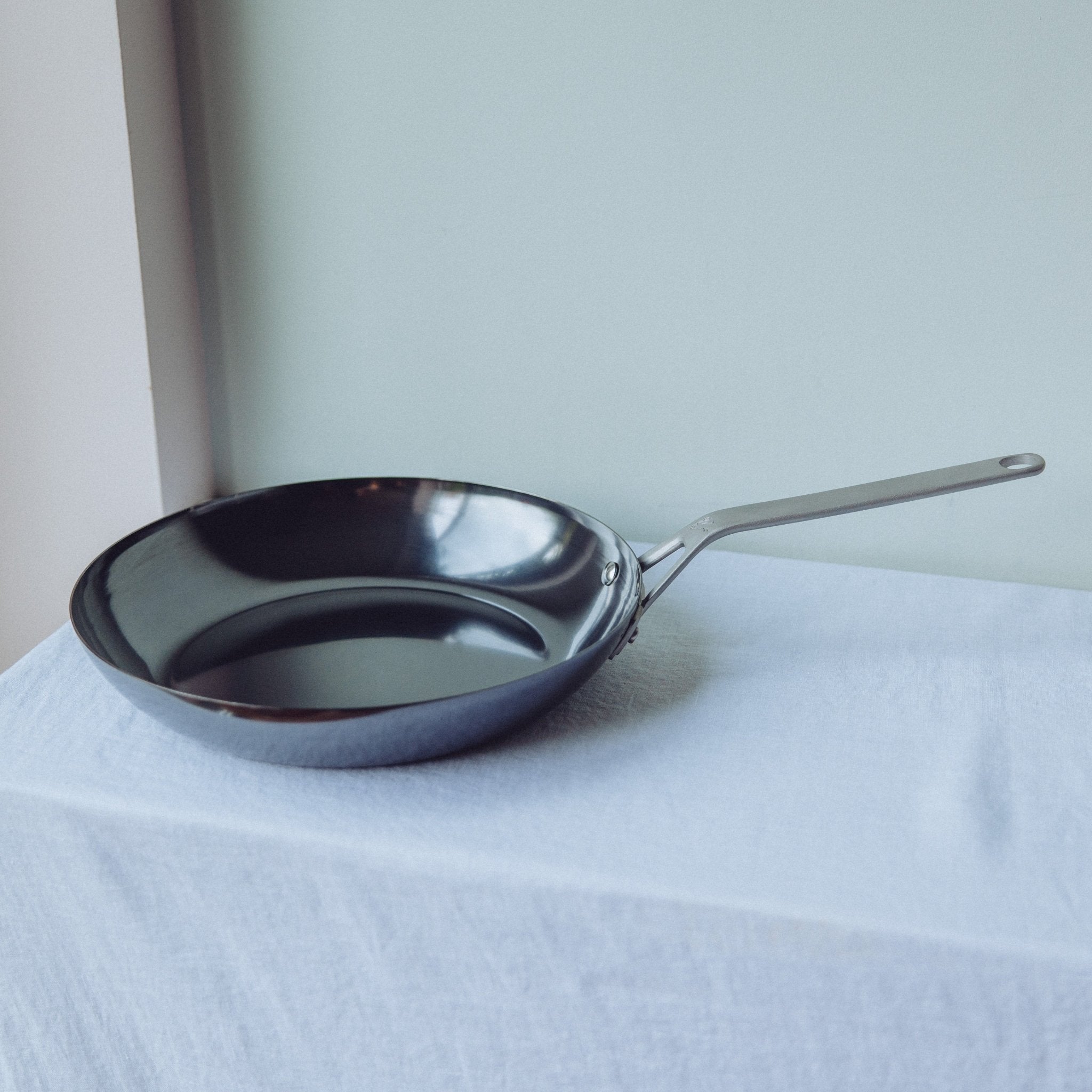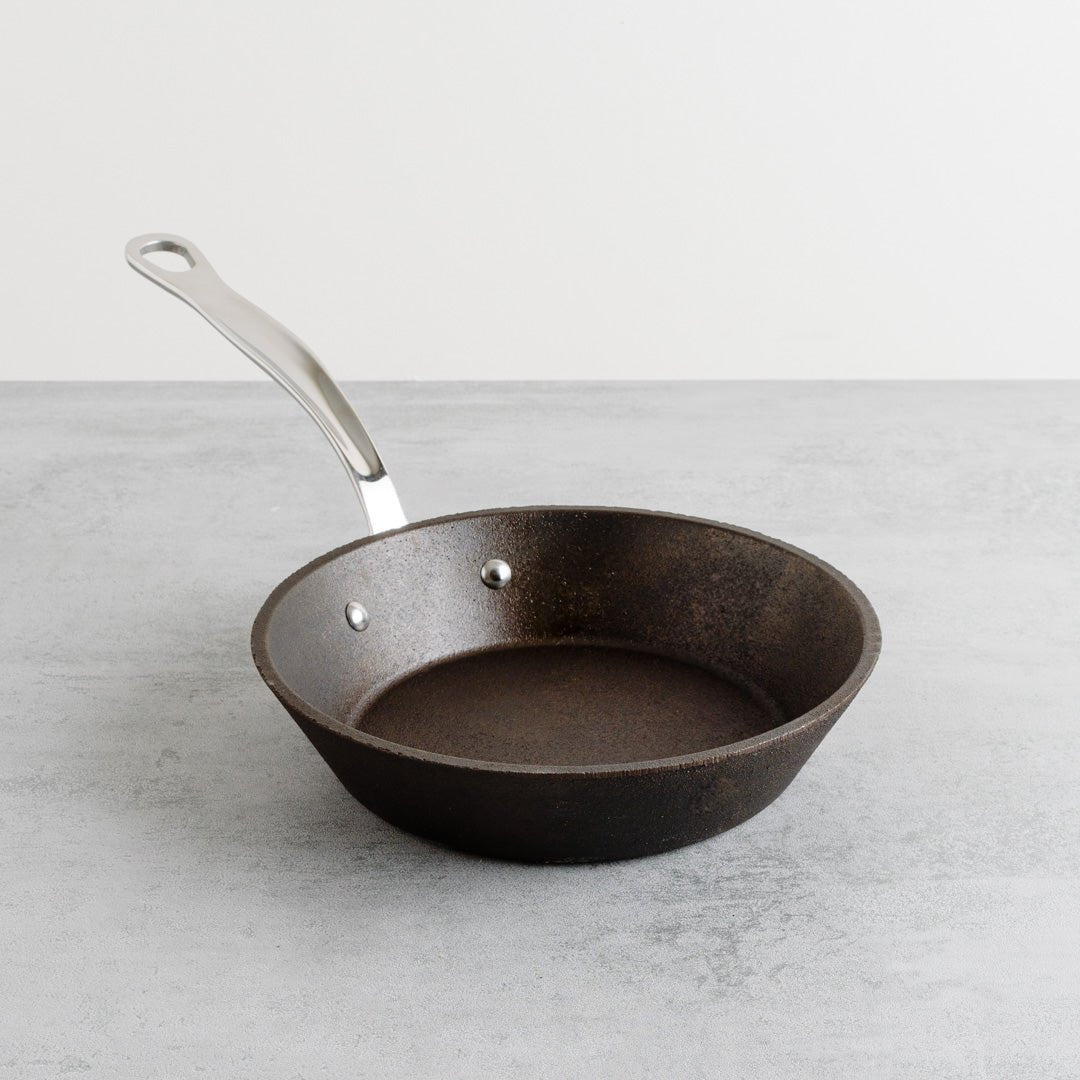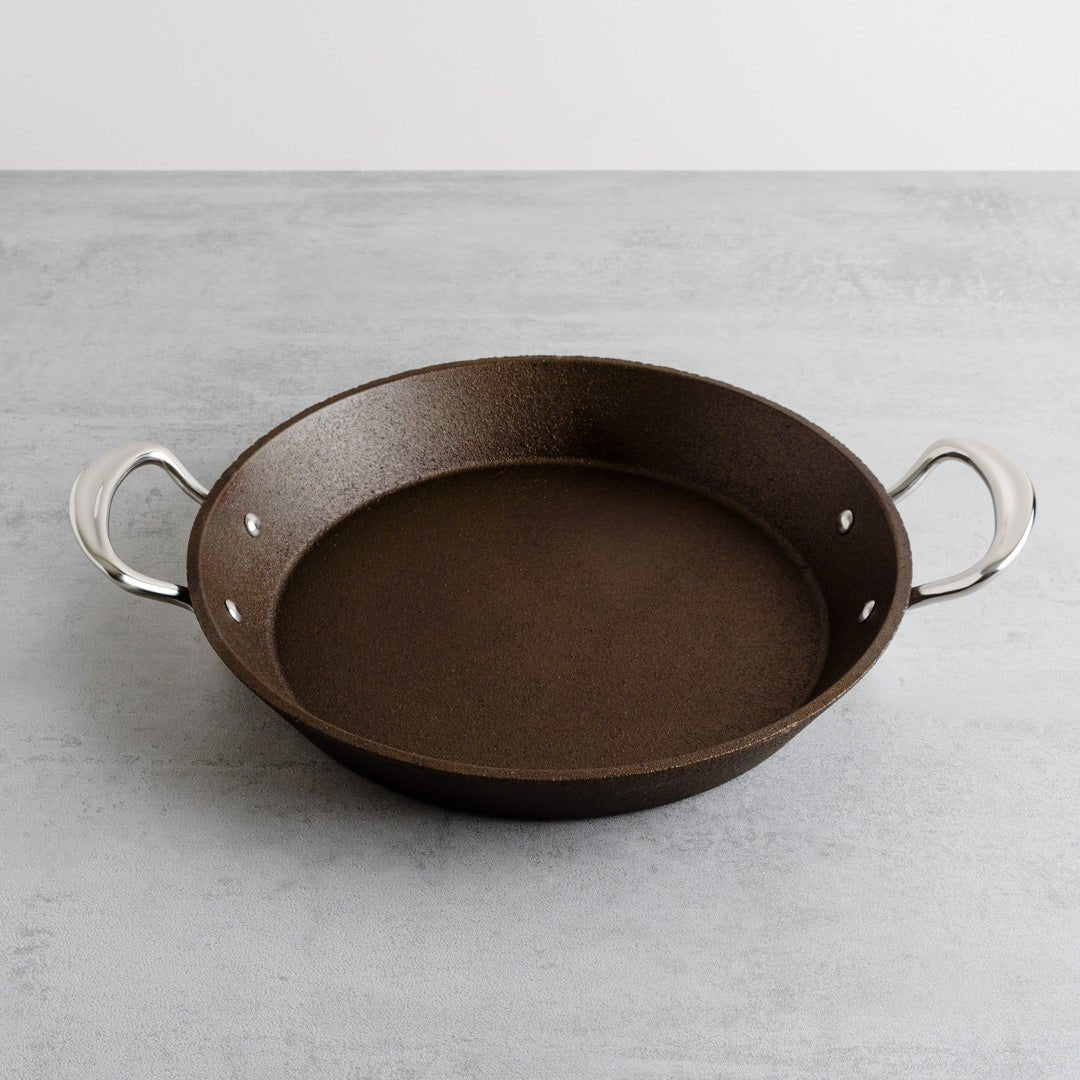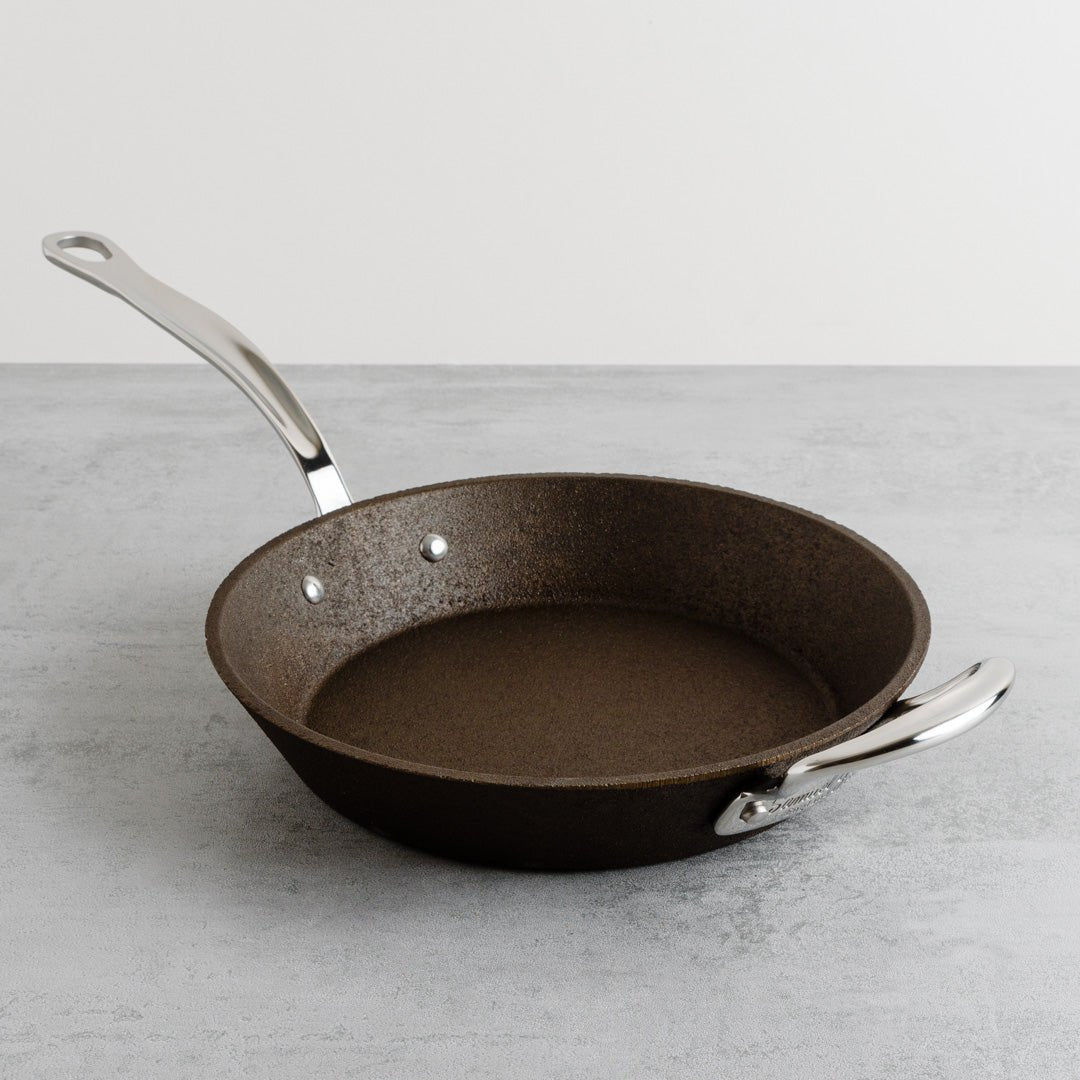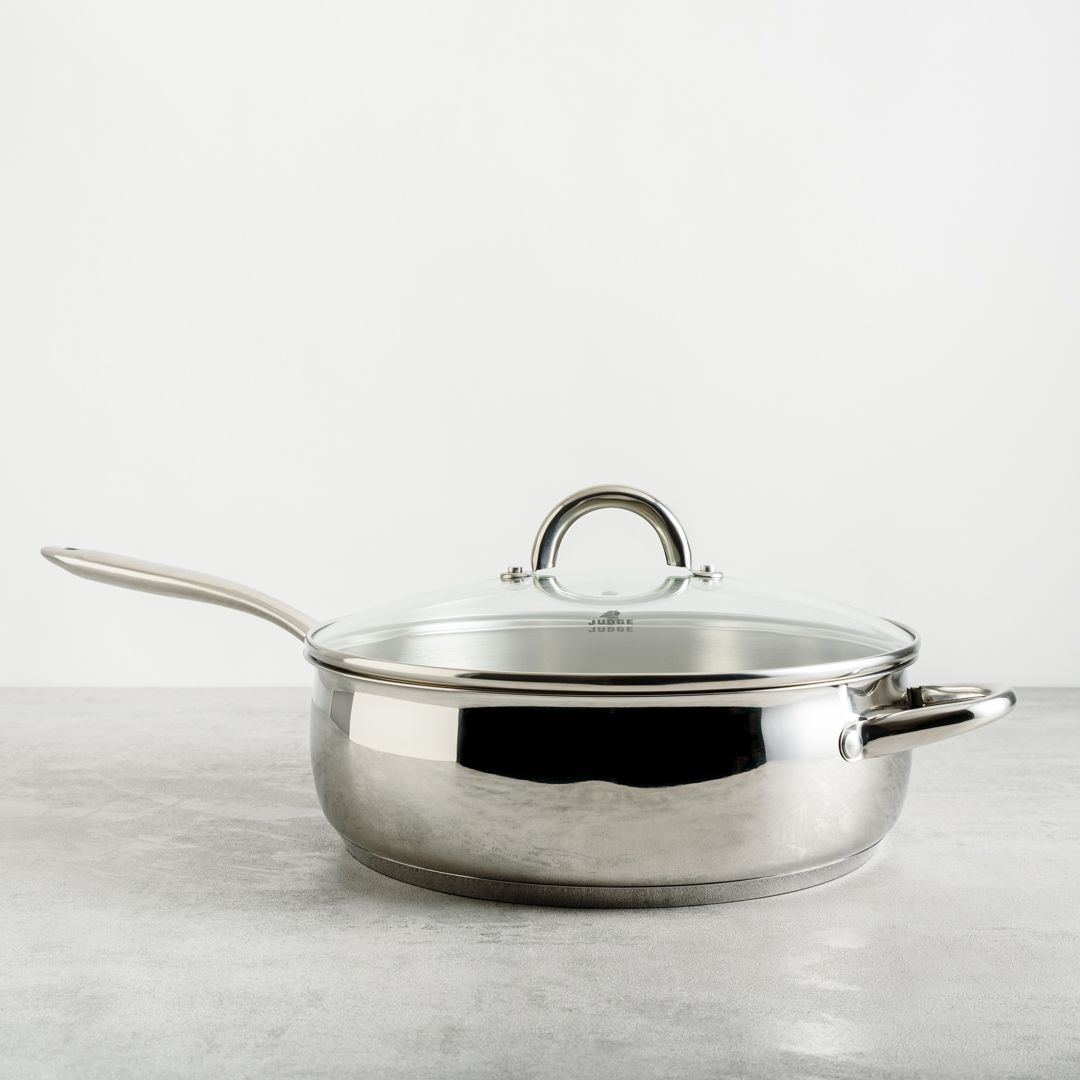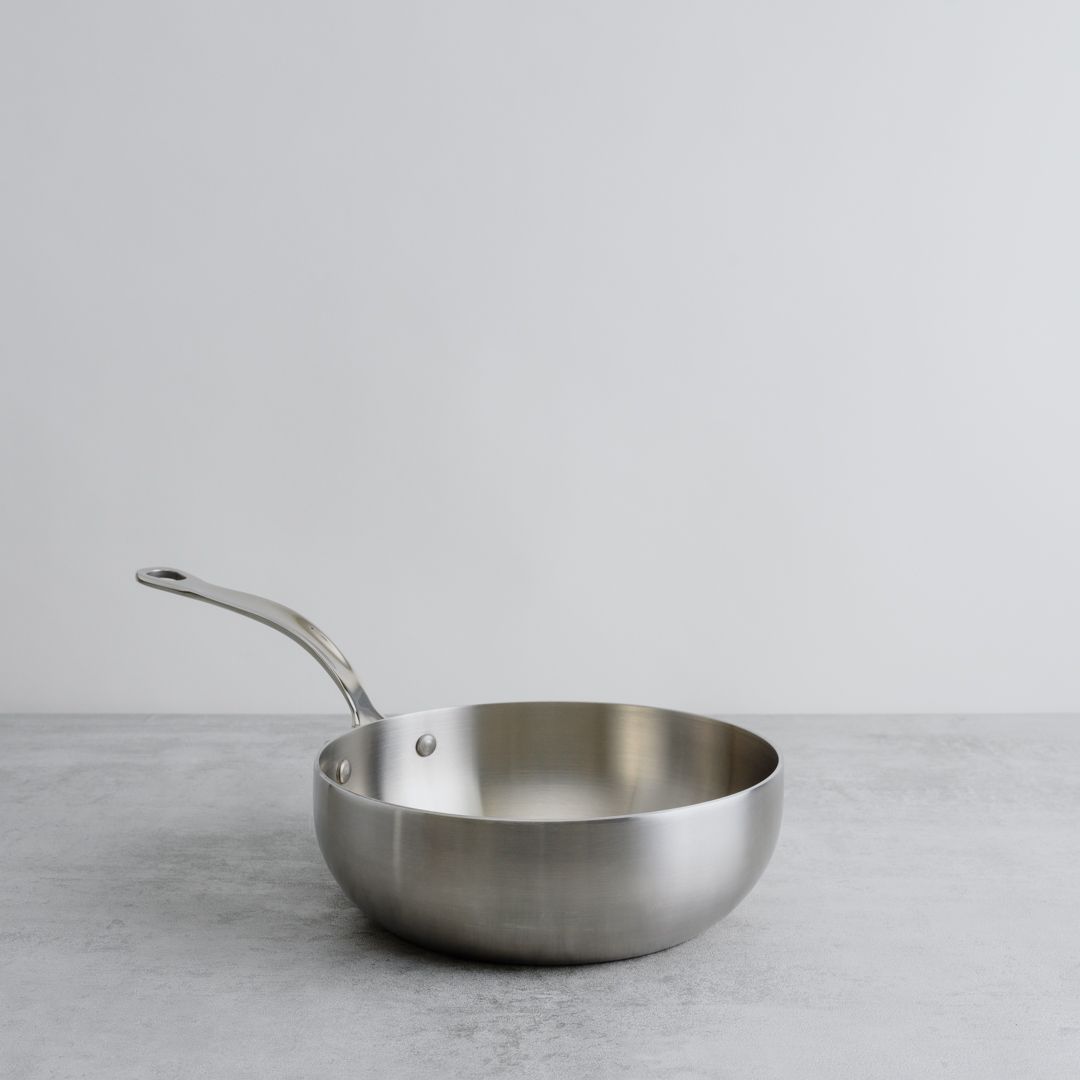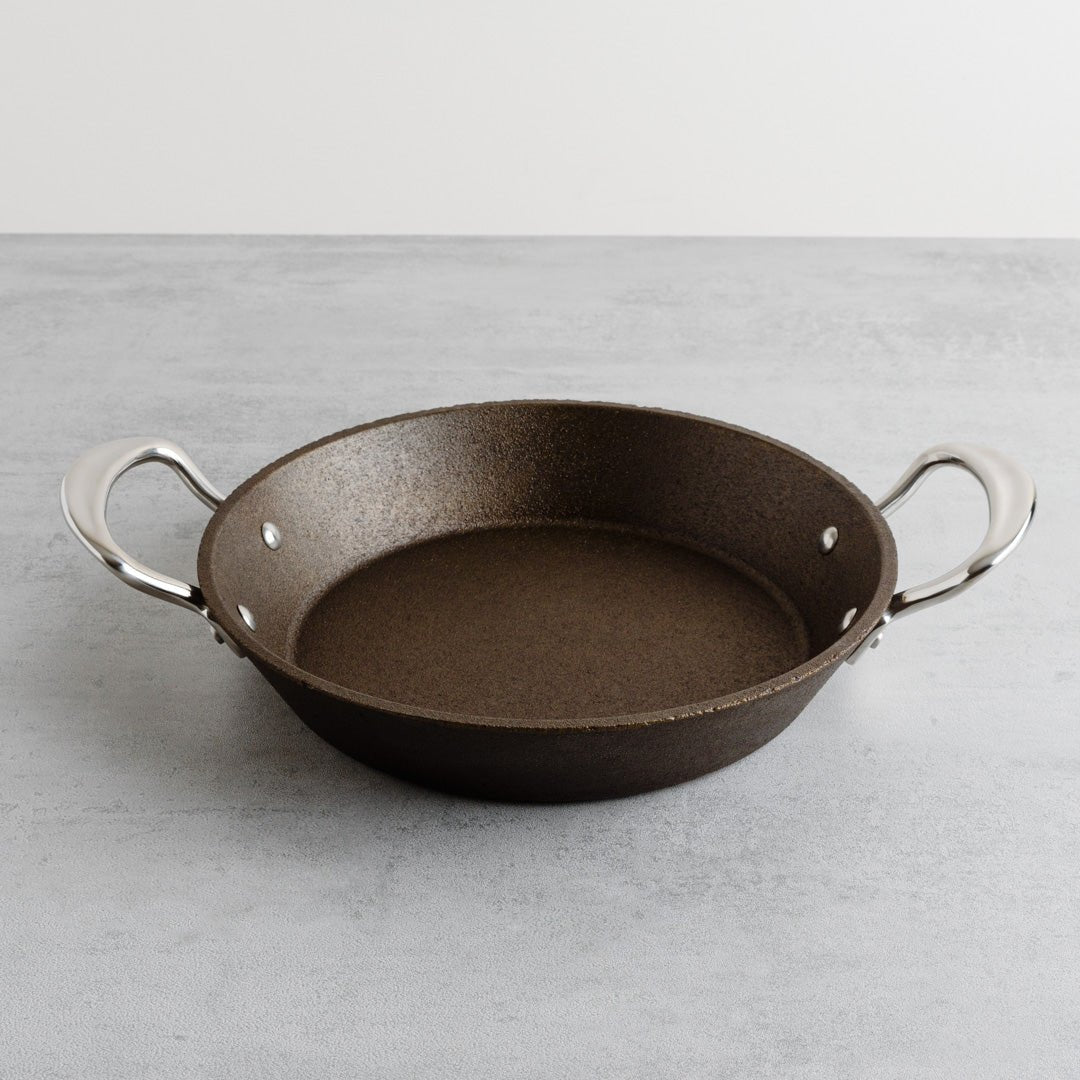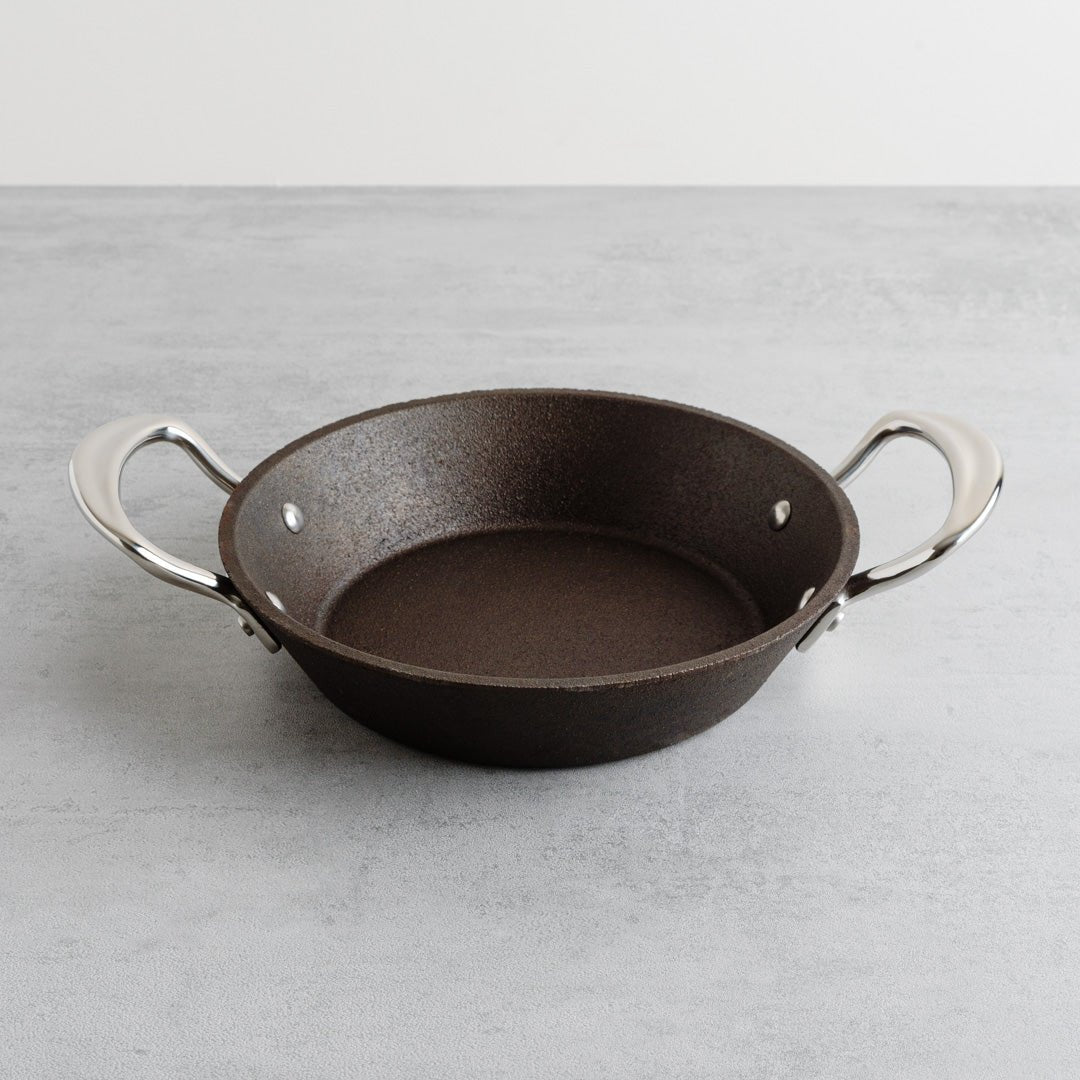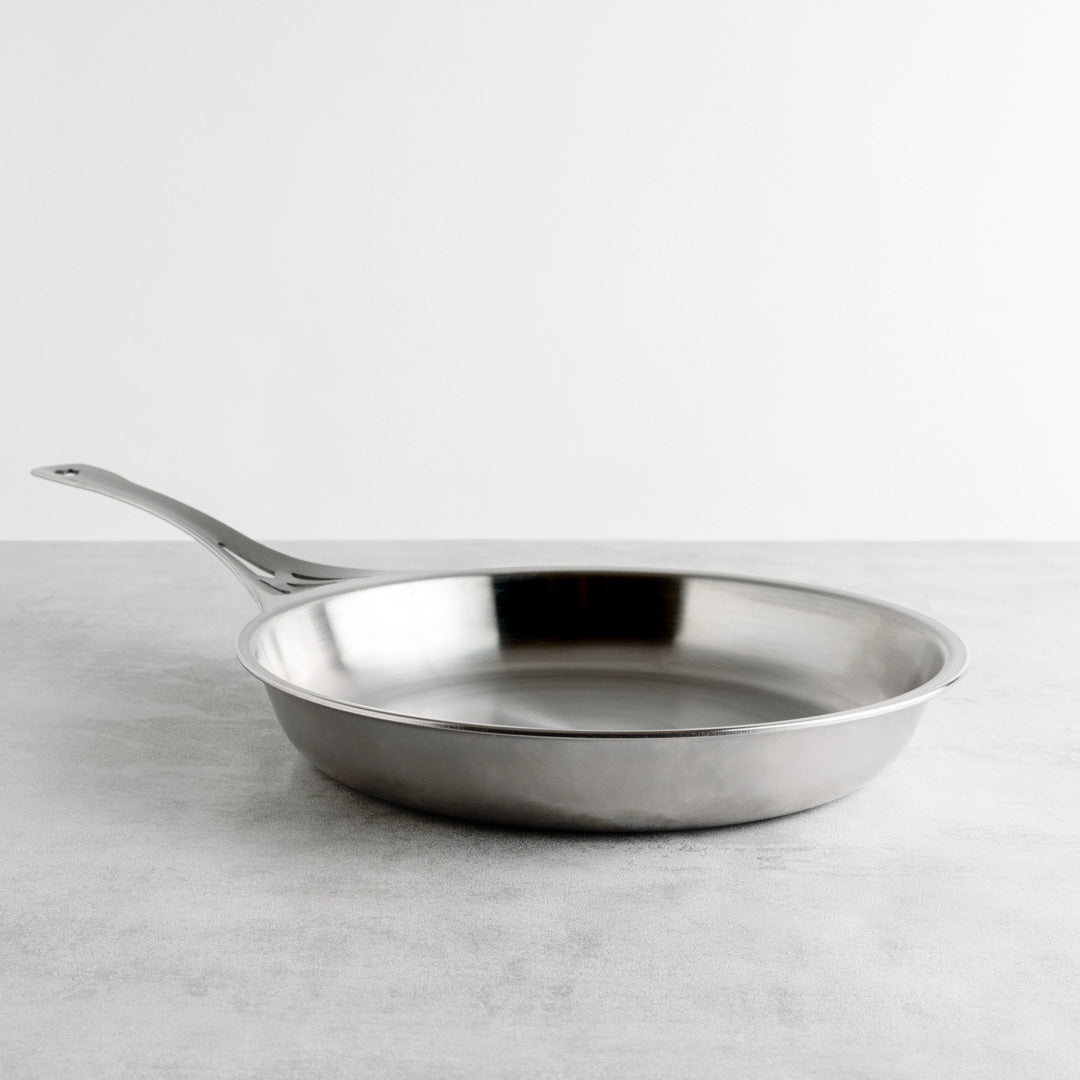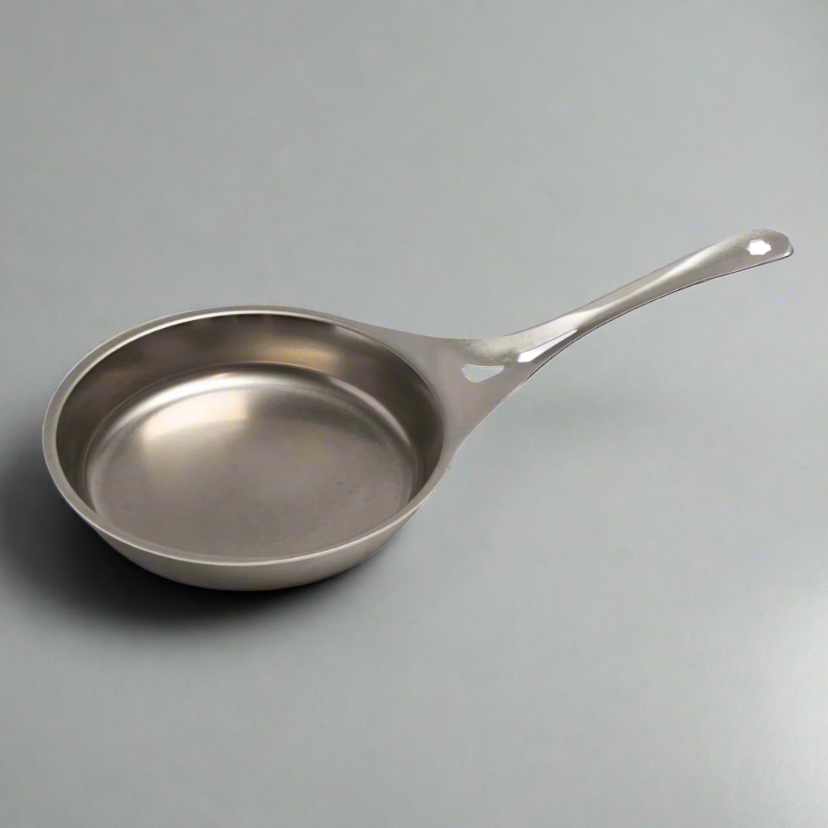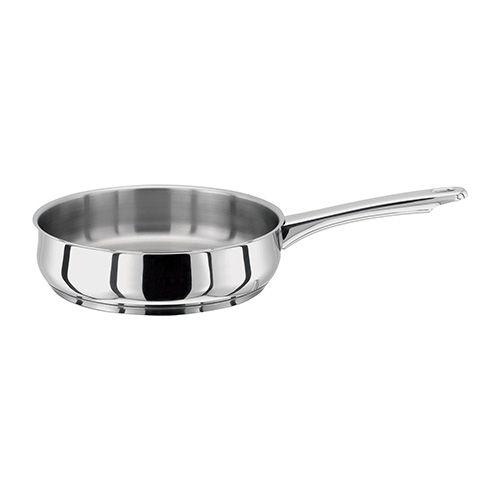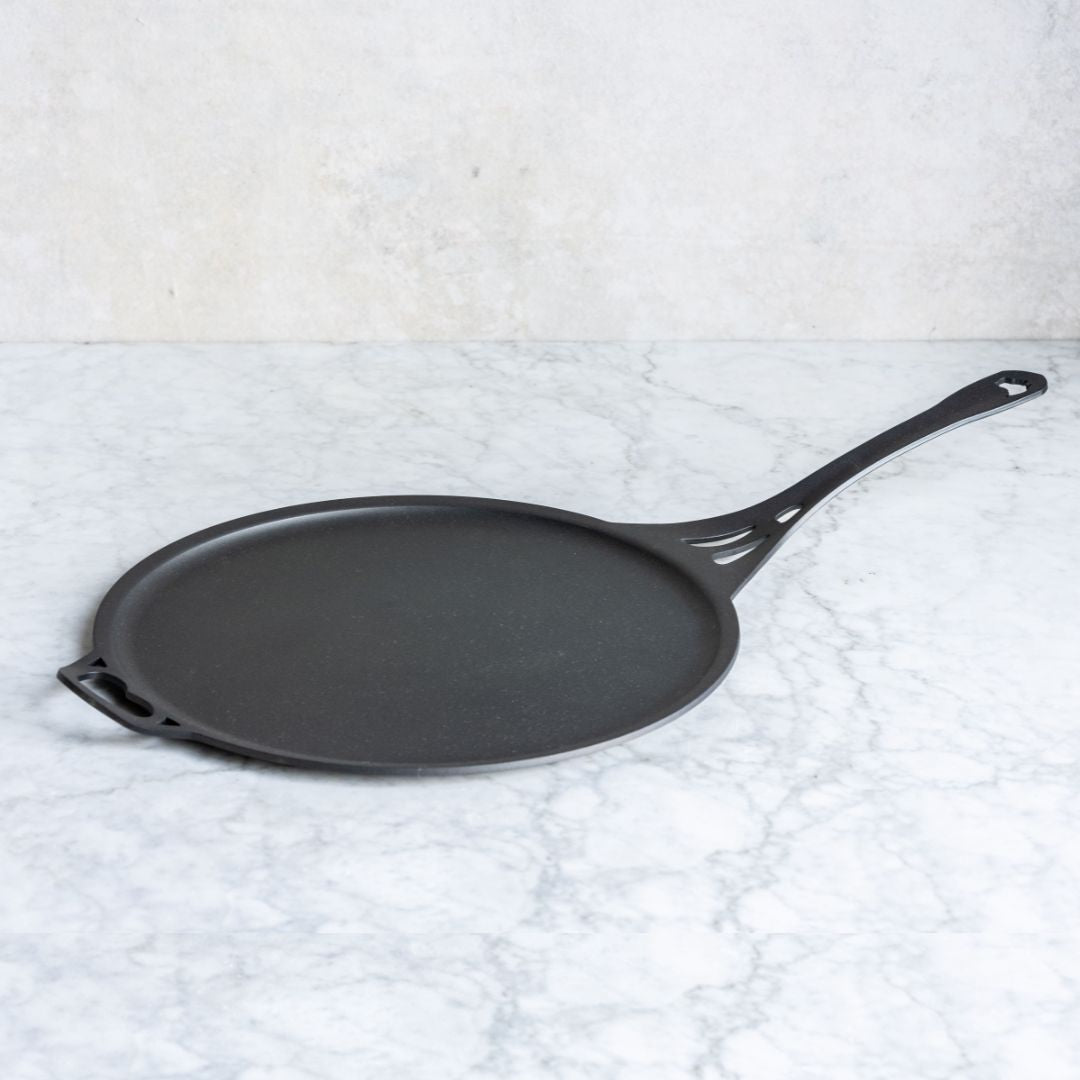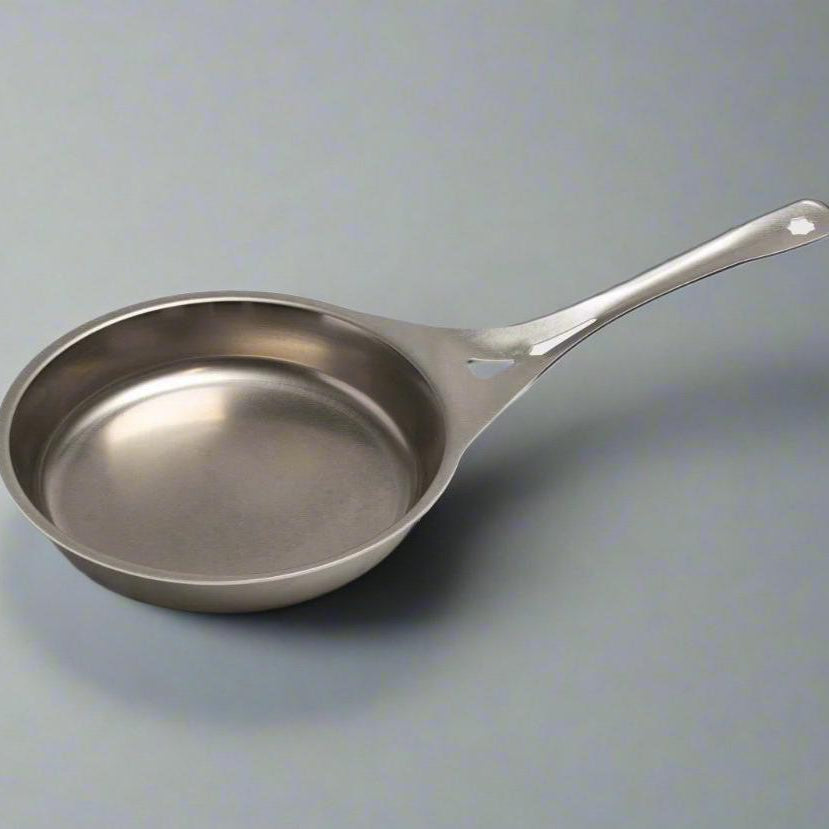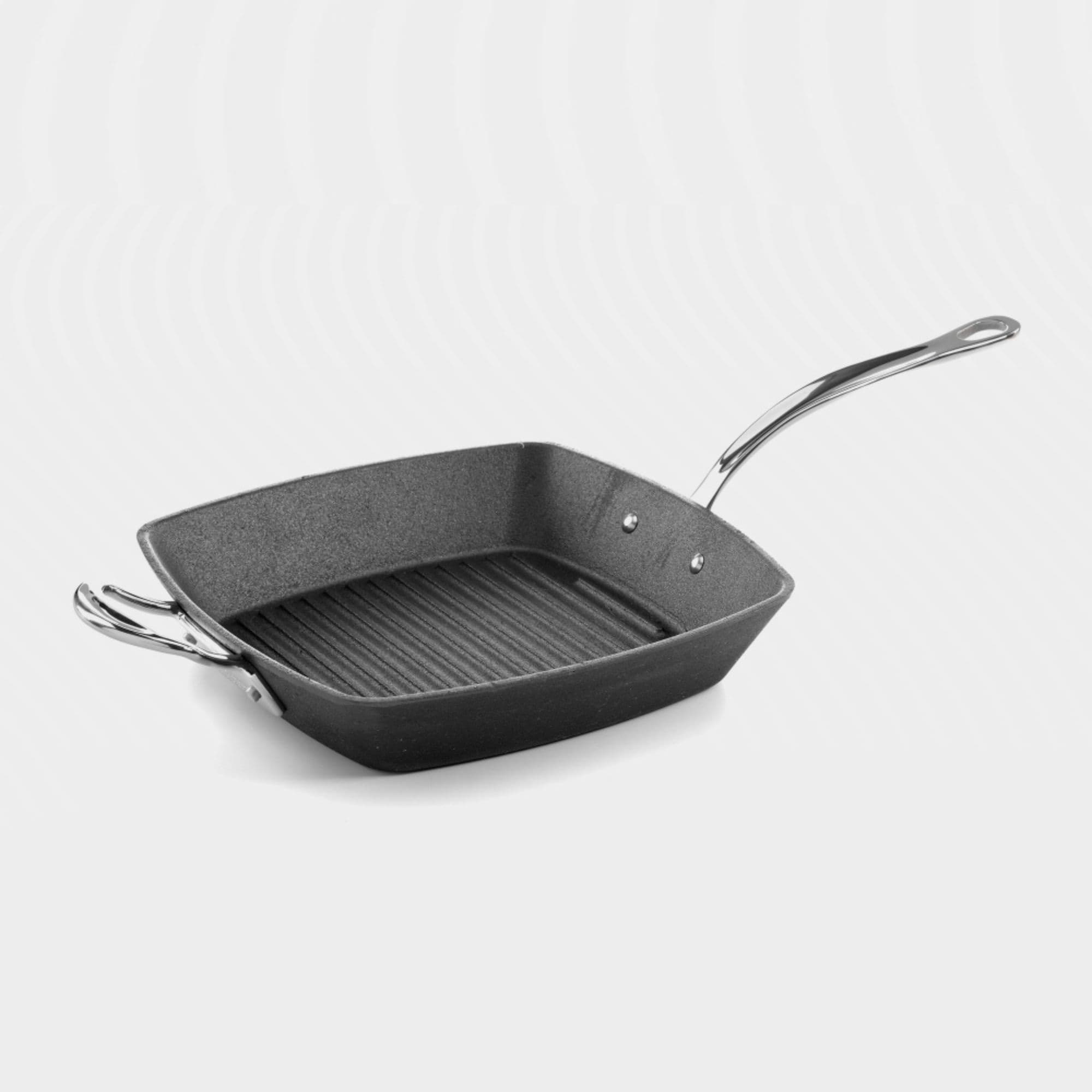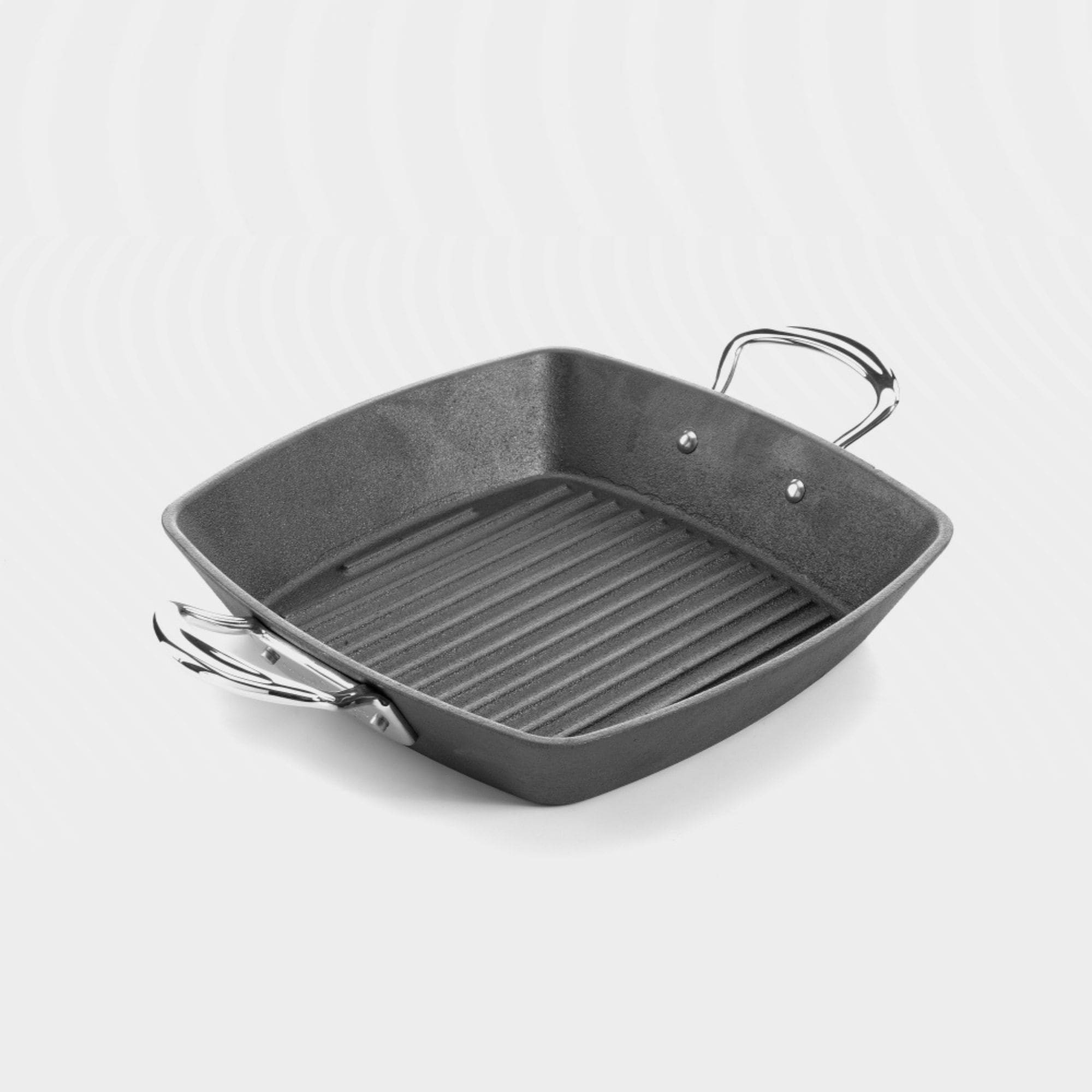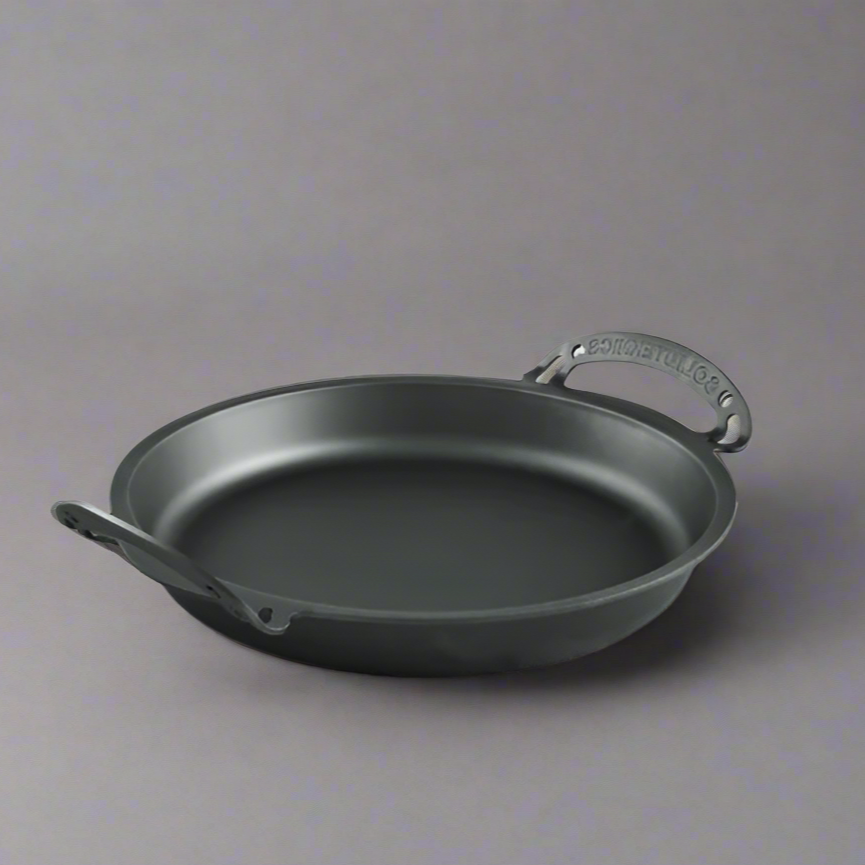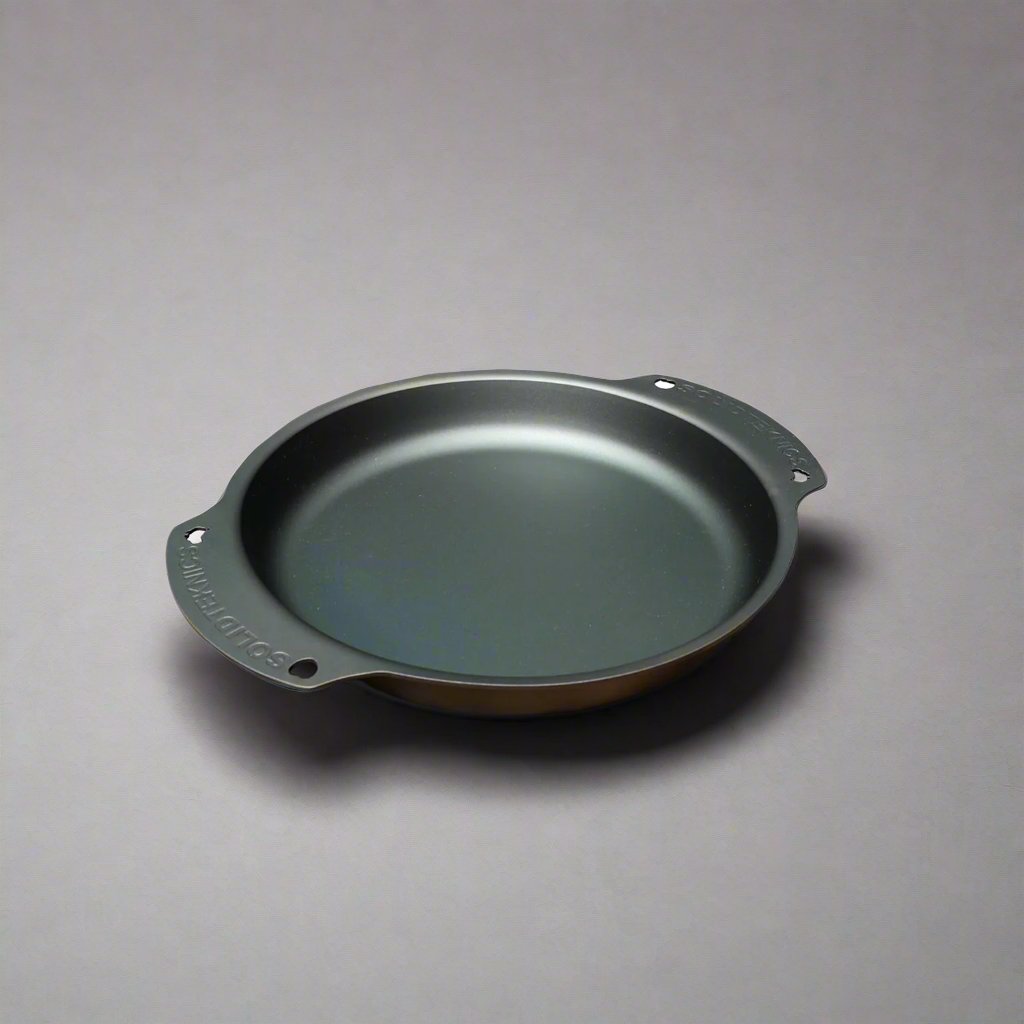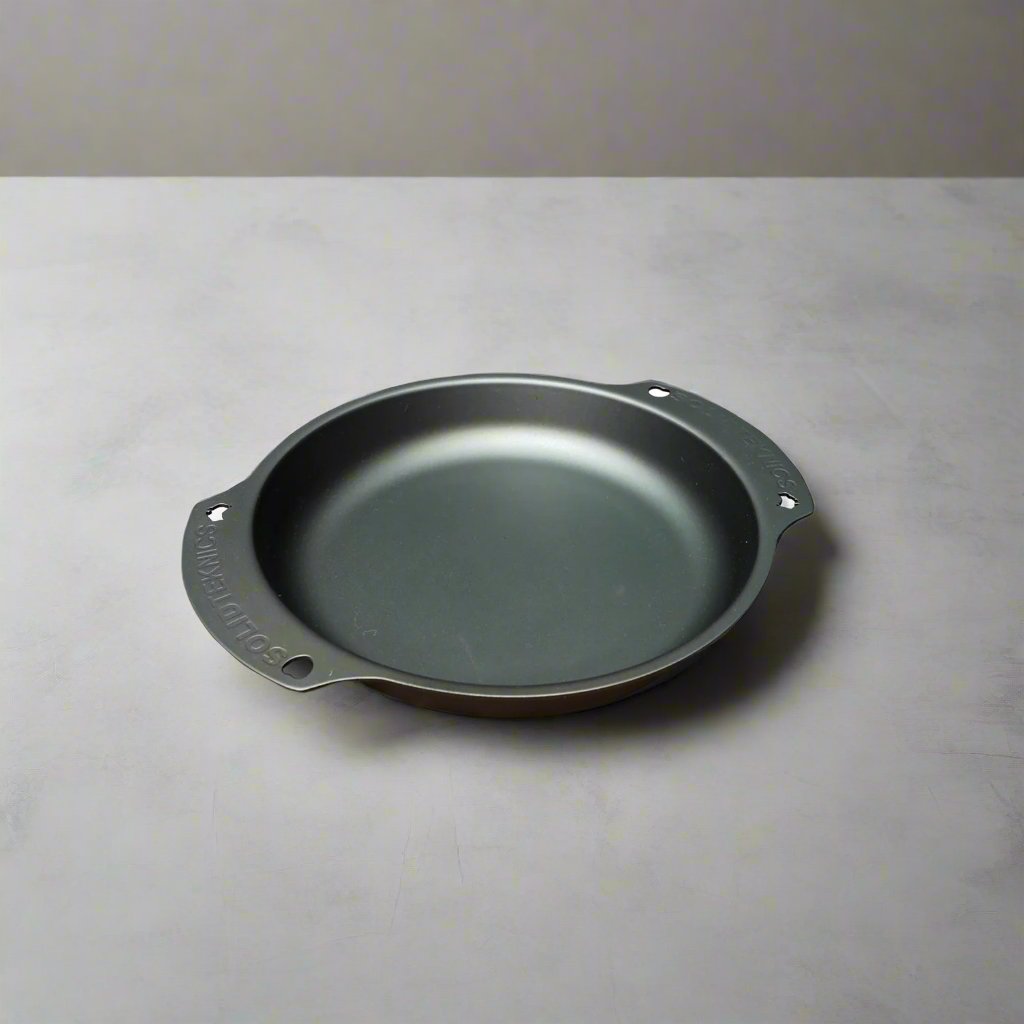Frying Pans
Hunting for the best frying pan in the UK? You’re looking in the right cupboard. We’ve tested the lot so you don’t have to. Cast iron and carbon steel for serious sear. Tri-ply stainless for everyday ease. No flaky coatings, no loose handles. Just hard-wearing pans with long warranties. Buy once. Cook for years.
Frying pans: quick buyer FAQs
Which frying pan is best if I only want to buy one?
For most cooks: a 26–28 cm tri-ply stainless steel or carbon steel pan. Look for:
- Even heat base (2.5–3 mm or tri-ply/clad)
- All-metal, riveted handle (oven-safe)
- Flat, induction-ready base (if you have an induction hob)
- 10–25 year warranty and repairable parts
These options balance searing power, versatility and longevity. See our top picks in the product grid below. Learn how we select long-lasting cookware.
Cast iron vs carbon steel vs stainless steel – which lasts and cooks best?
- Cast iron: unmatched heat retention and sear; heavy; needs seasoning; lifetime durability.
- Carbon steel: similar sear to cast iron but lighter; seasons to natural non-stick; great all-rounder.
- Stainless steel (tri-ply): low-maintenance, great for sauces and browning; needs proper preheat for stick-free results; very durable.
Rule of thumb: steak lovers → cast iron or carbon steel. Everyday versatility and fuss-free care → tri-ply stainless.
What size frying pan should I buy?
- 20–22 cm: eggs, single portions
- 24–26 cm: 1–2 people, daily cooking
- 28–30 cm: families, steaks, stir-fries
If you’re only buying one, 26–28 cm is the sweet spot.
Are non-stick frying pans worth it if I want something long-term?
Most synthetic non-stick coatings lose performance in 3–5 years with daily use. If longevity is your priority, choose seasoned cast iron or carbon steel (natural non-stick with care) or tri-ply stainless for low-maintenance browning. If you prefer a non-stick surface, consider ceramic from brands with clear testing and a 5–10 year warranty. Explore PFAS-free alternatives.
Which frying pans work best on induction hobs?
Choose pans with a magnetic, flat base. Cast iron, carbon steel and most tri-ply stainless steel are induction-friendly. Avoid thin, easily warped bases. Check the maker’s induction symbol if unsure.
Can I put my frying pan in the oven?
Yes—if it’s all-metal. Cast iron, carbon steel and full-metal stainless steel are typically oven-safe to around 260°C+. Avoid plastic/silicone handles unless rated for your temperature. See our oven-use guide.
What warranty should I look for on a pan built to last?
Seek 10–25 years (or lifetime) covering defects such as warping, handle rivets/loosening and base separation. Keep proof of purchase. Bonus points for brands offering spare parts or repair.
How do I clean and care for a pan so it lasts?
Stainless: deglaze while warm; use a baking-soda paste for tints; avoid steel wool. Cast iron/carbon steel: no soaking; scrub with hot water and salt if needed, dry thoroughly and wipe with a thin oil layer to protect seasoning. Find step-by-steps in our Care & Repair hub and seasoning guide.

